In September 2019, Albert Willner and I travelled to Europe to follow in the footsteps of his father, Eddie Willner's traumatic Holocaust odyssey.
In preparation for a presentation to the Adventurer's Club of Los Angeles, I wrote down my recollections of our travels and Albert edited and contributed to the story.
Al and his family had already done significant research and writings on his father and grandparents stories in Washington DC and in Germany. Both Al and I had visited his mother's relatives in East Germany in 1978 and had visited the Langenstein-Zwieberge Concentration Camp where his father had been interned during the last months of the war in 1945. I had also made a trip with my father and two of my brothers in 1971 from Morocco to Moscow and back in a Chevrolet station wagon and had visited Auschwitz and Silesia and was curious to revisit the region.
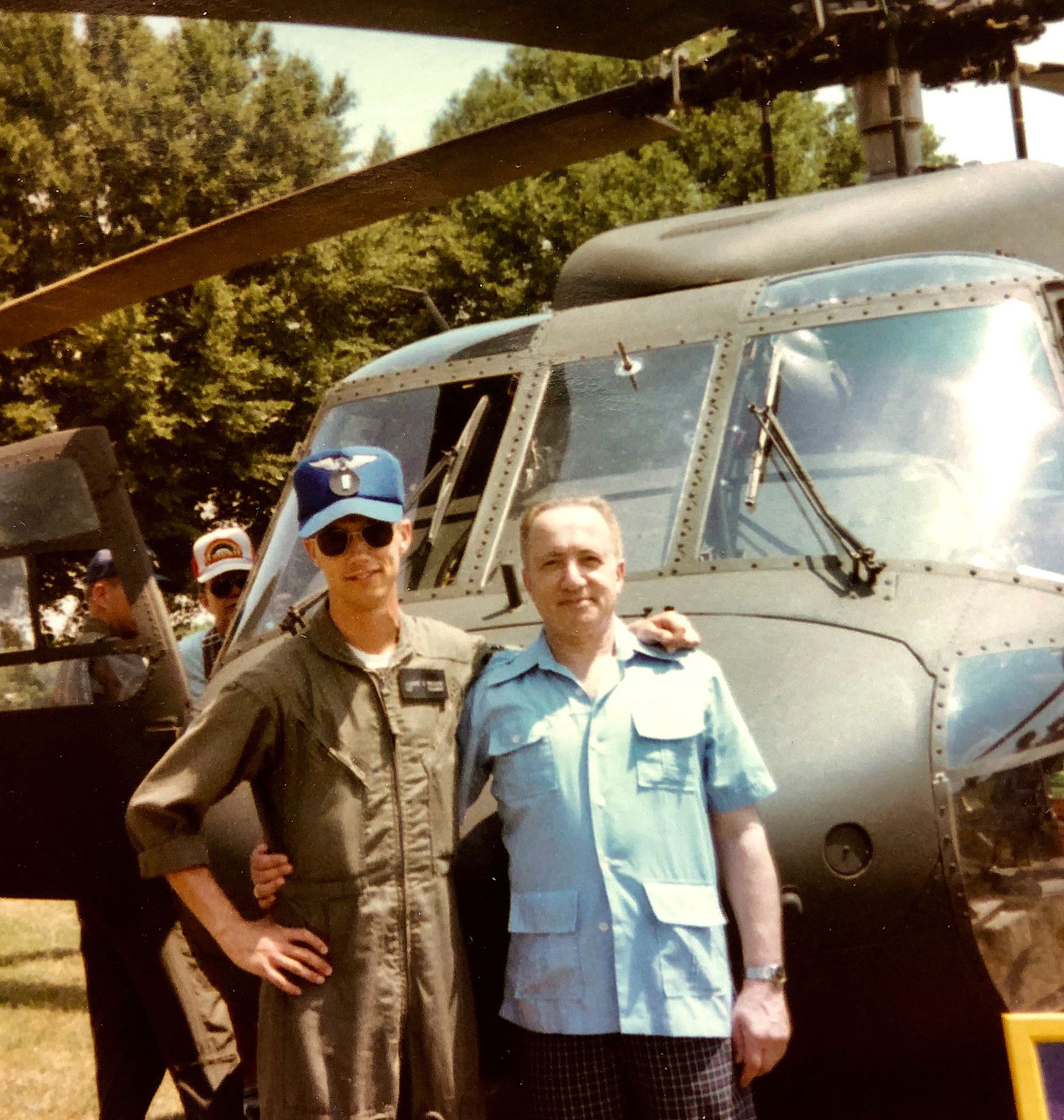
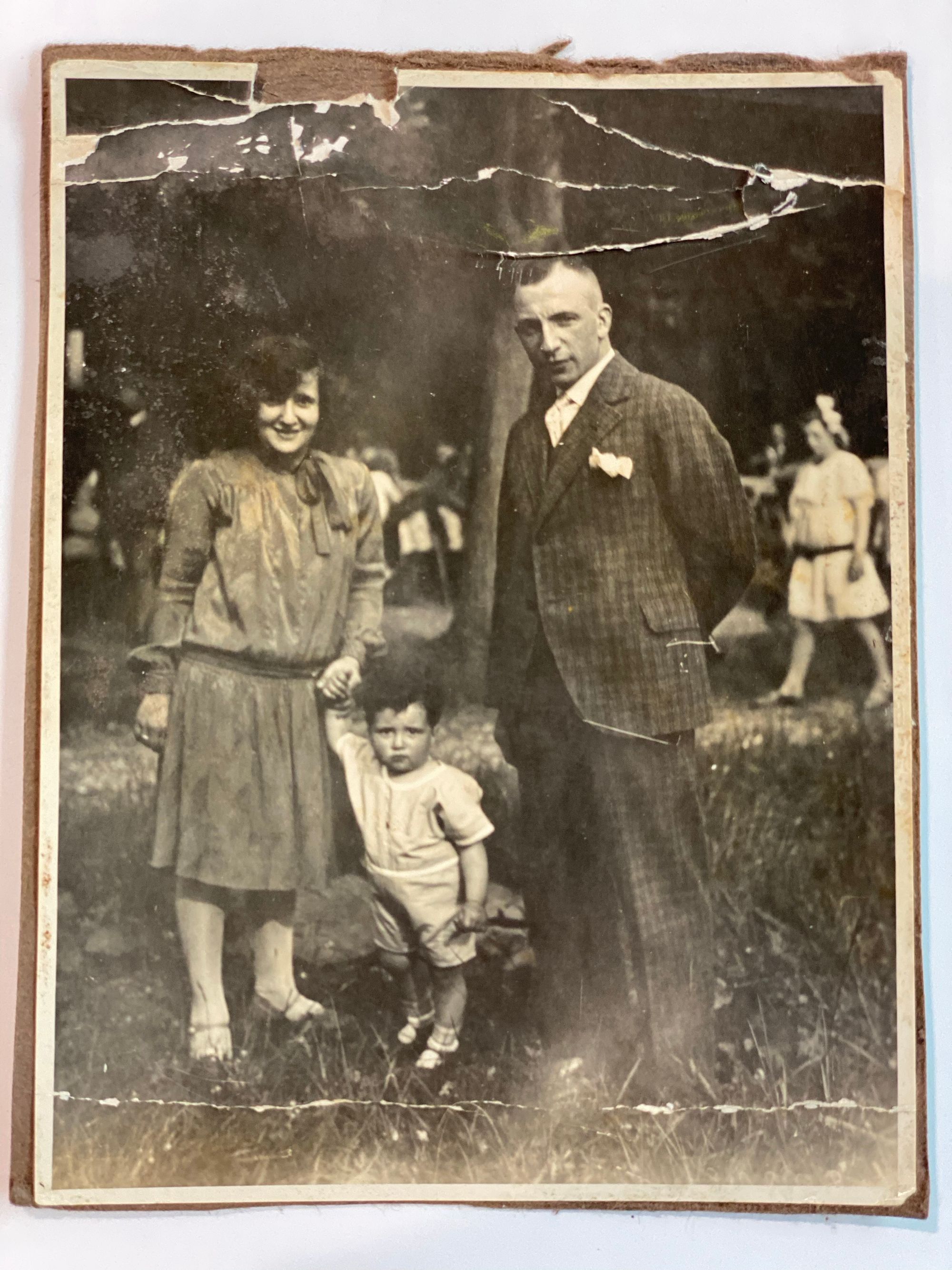
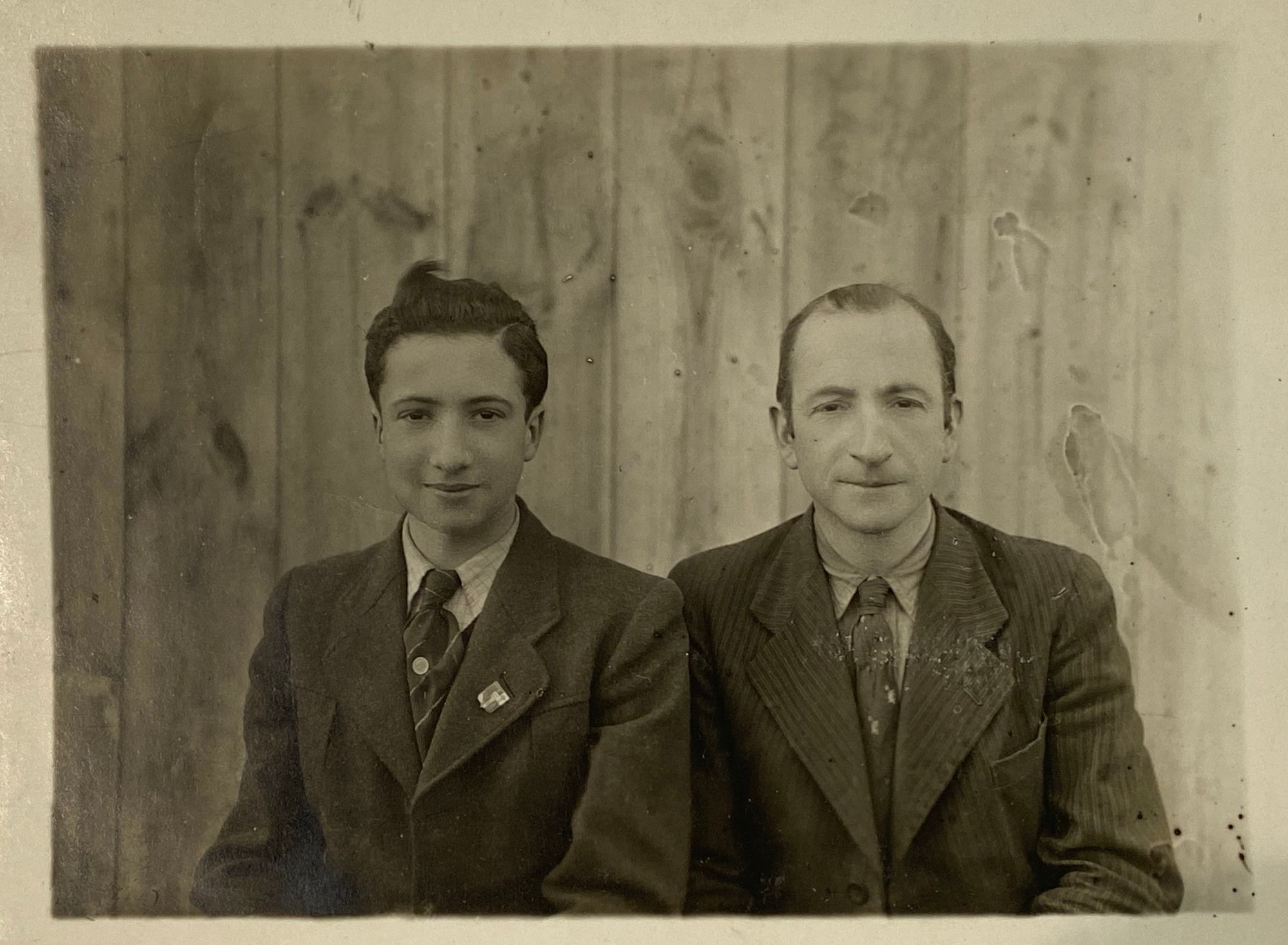
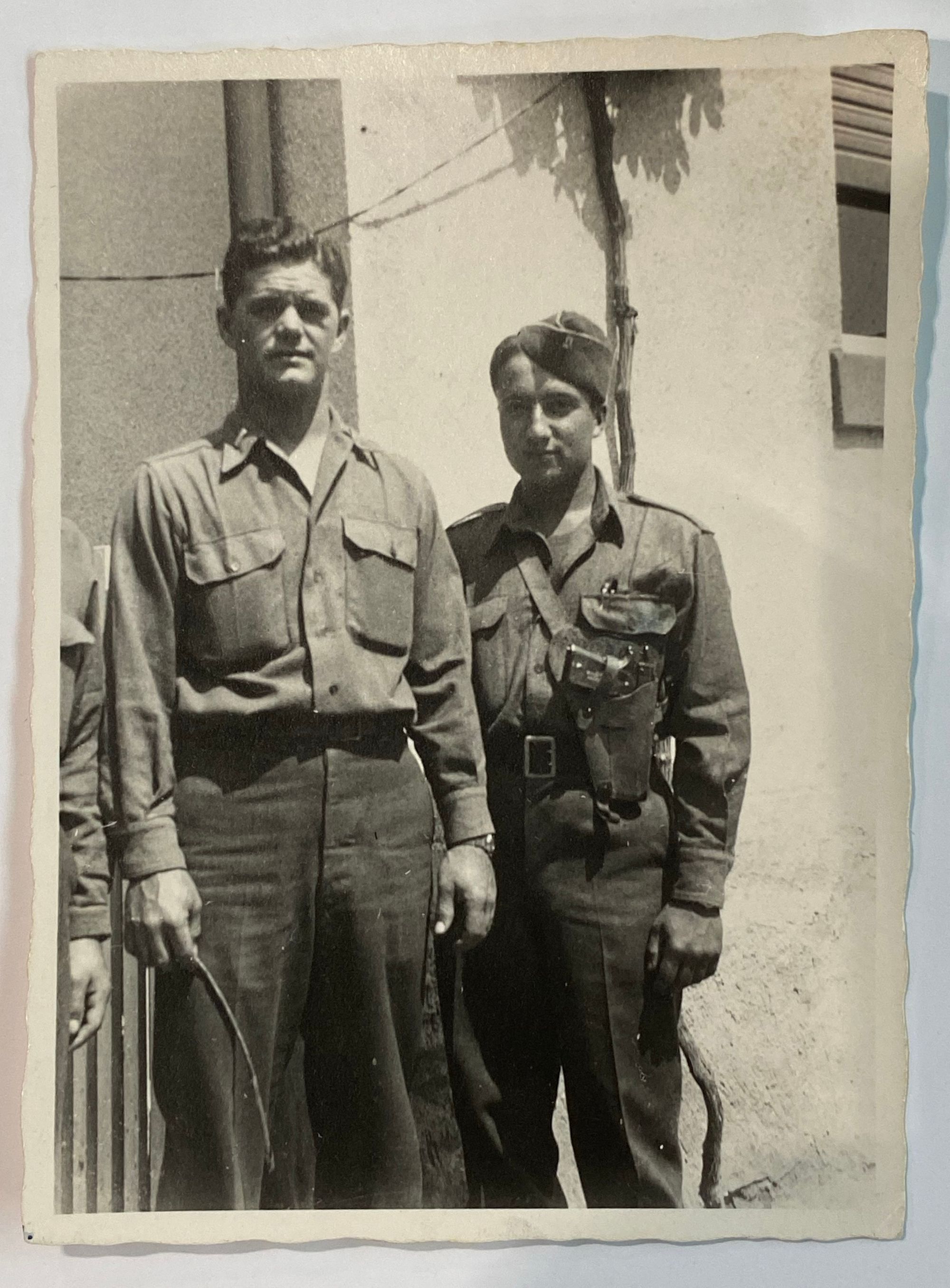
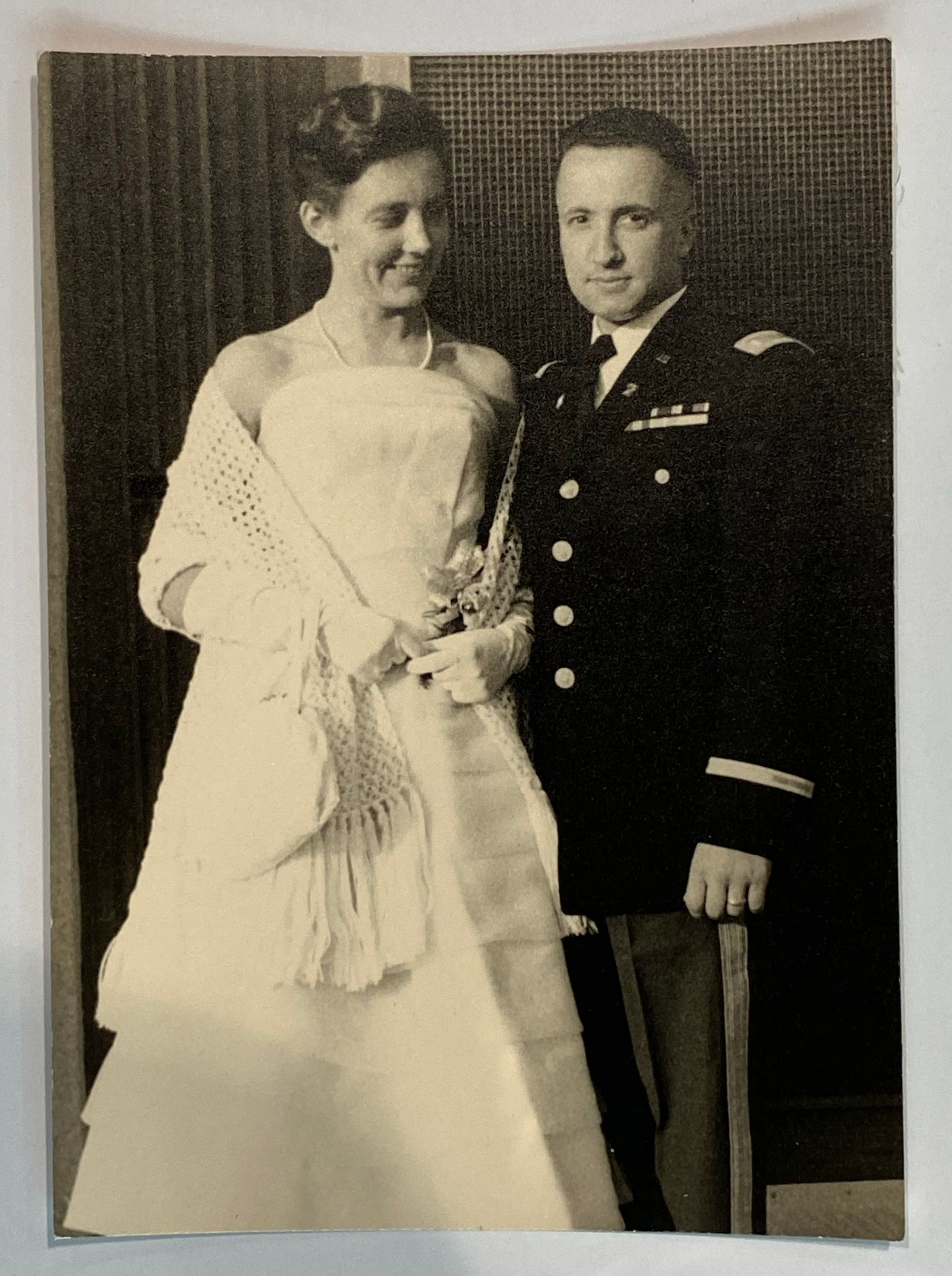
The plan was to follow in the footsteps of his father and grandparents from the time of his exile from Germany in 1938 to his escape from the Langenstein death march in April 1945. His grandmother was separated and executed when they arrived at the train platform in Auschwitz in September 1942. His grandfather was killed in the fall of 1944 after he turned 50 – at the Blechhammer concentration camp.
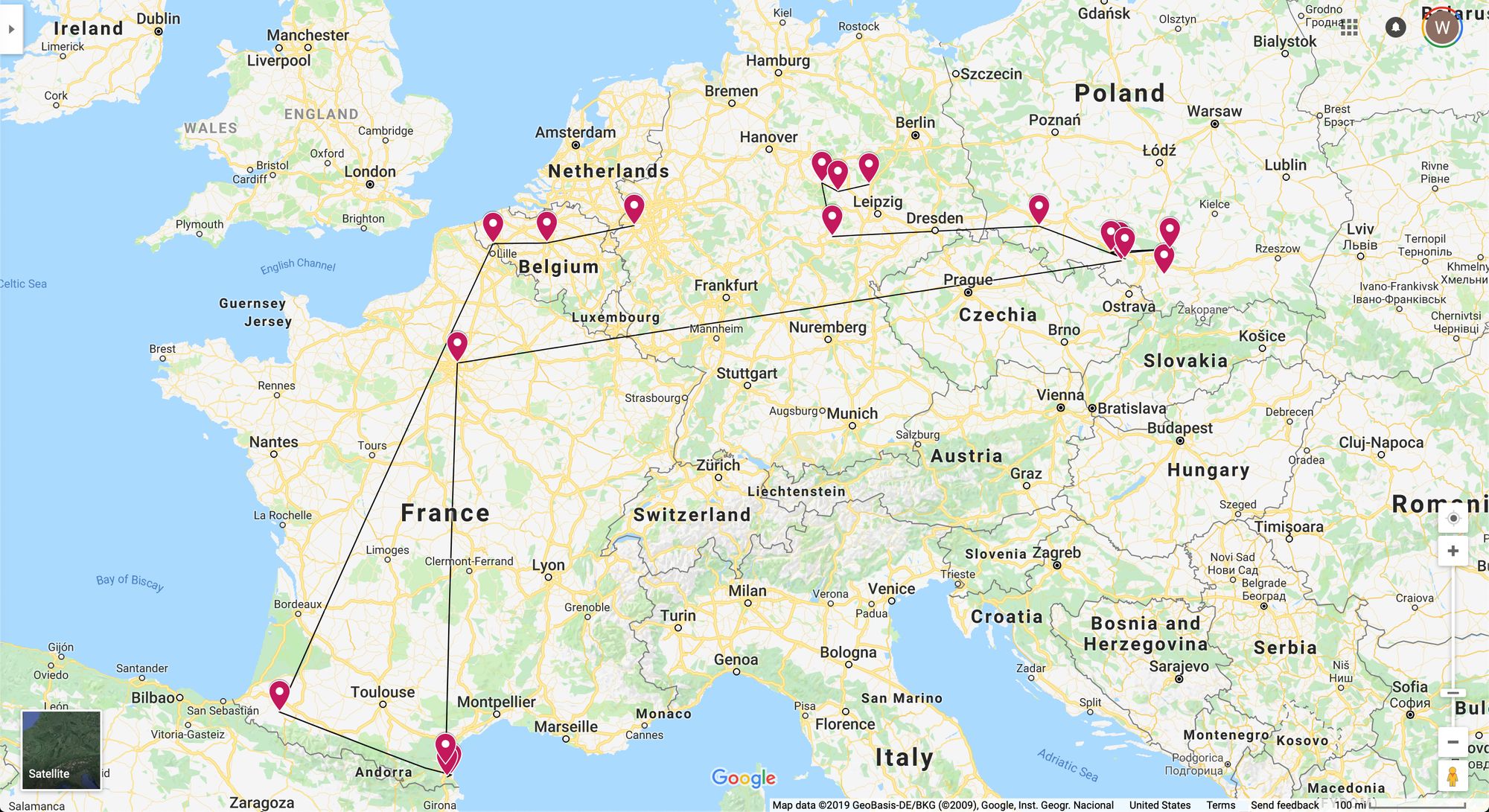
Eddie Willner, Al's father, was born in the city of Monchengladbach, Germany near the Belgium and Dutch borders, so our expedition started there. Al who had done extensive research and made contacts with museums, government archive departments, historians, and researchers had made arrangements to meet with experts and view their archival information about his relatives. Al who had been stationed in Germany spoke and read German. I had studied and learned French when I lived in Morocco, France and Belgium and would help with translations in the French speaking countries.
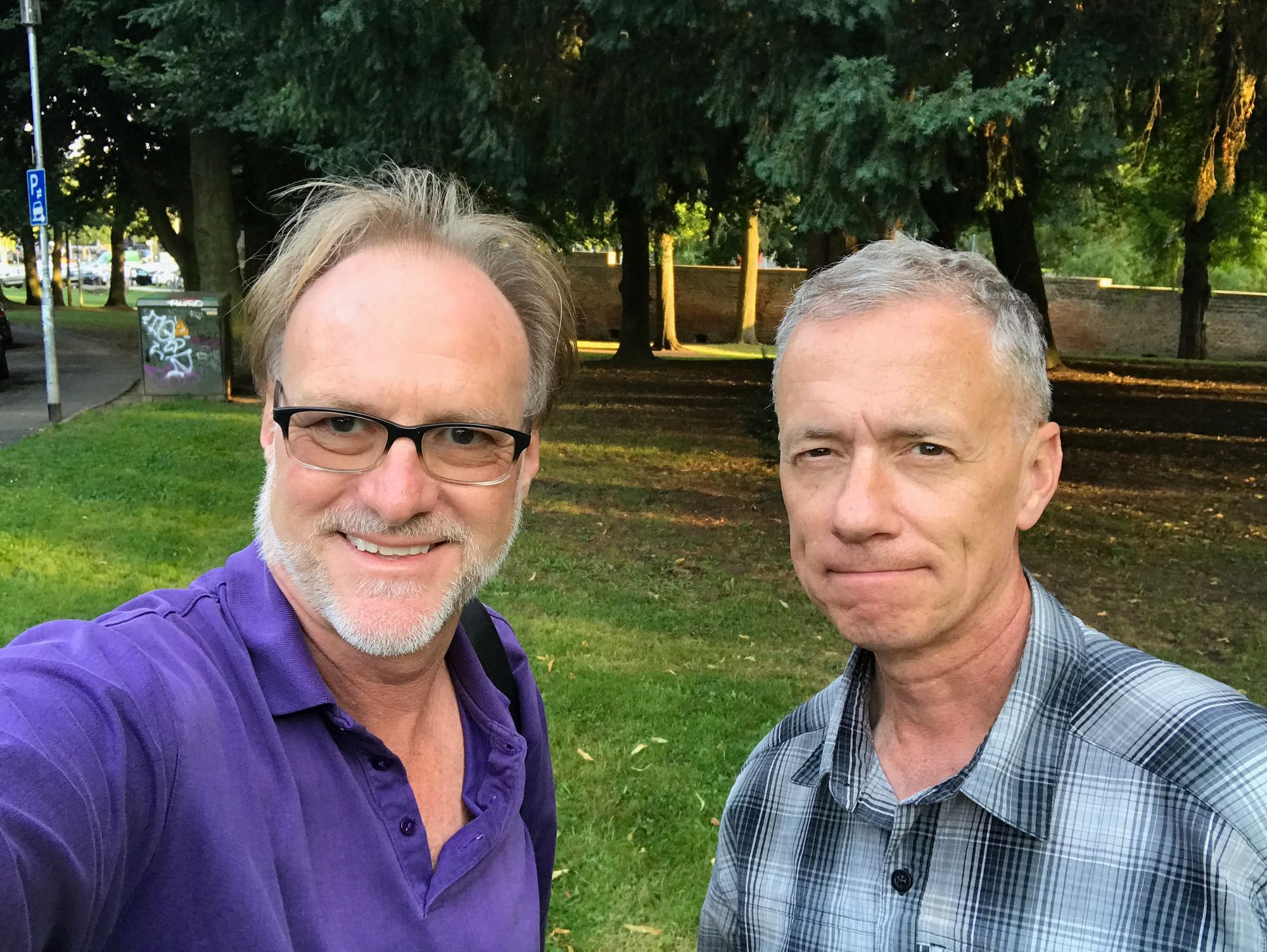
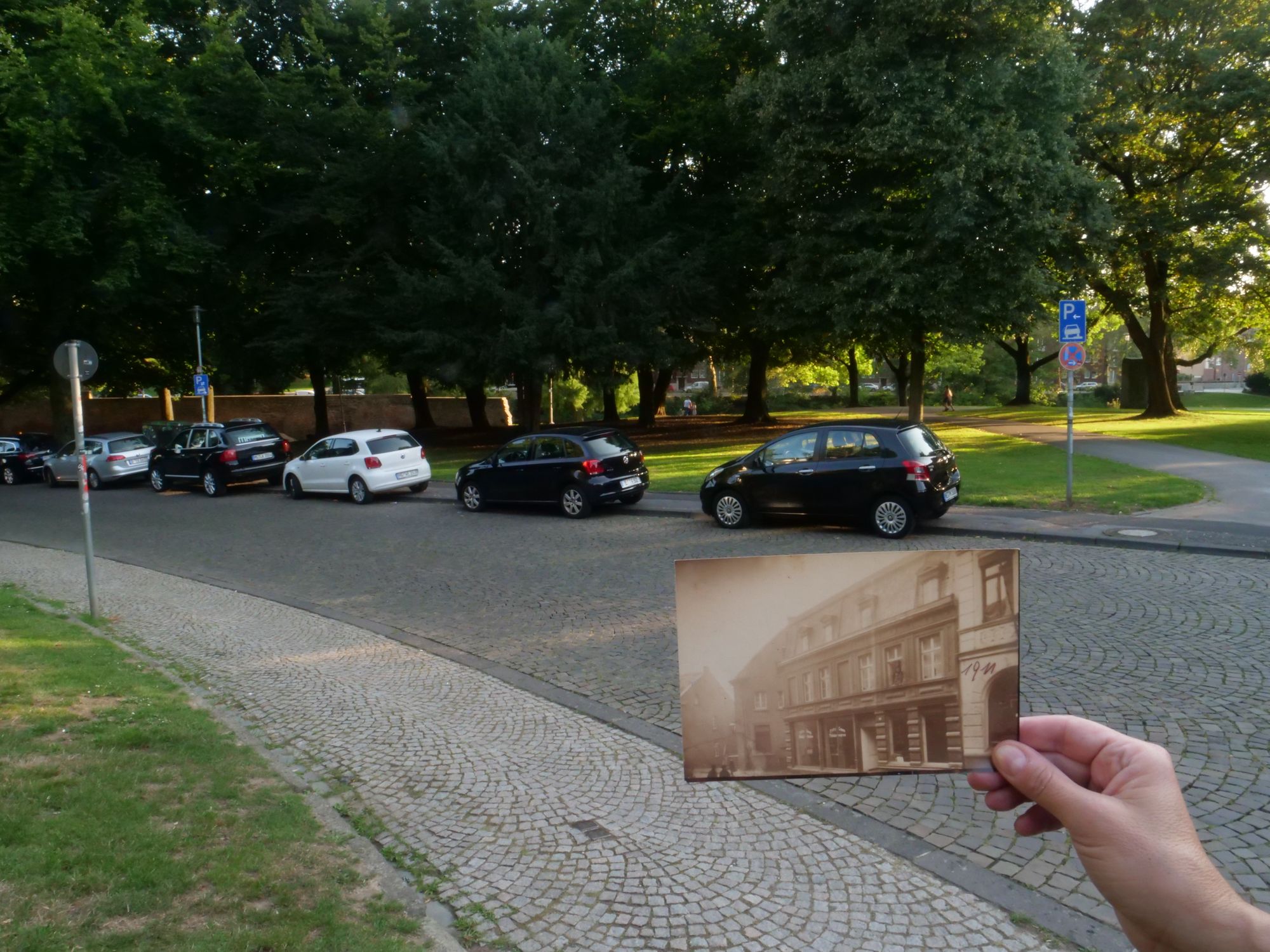
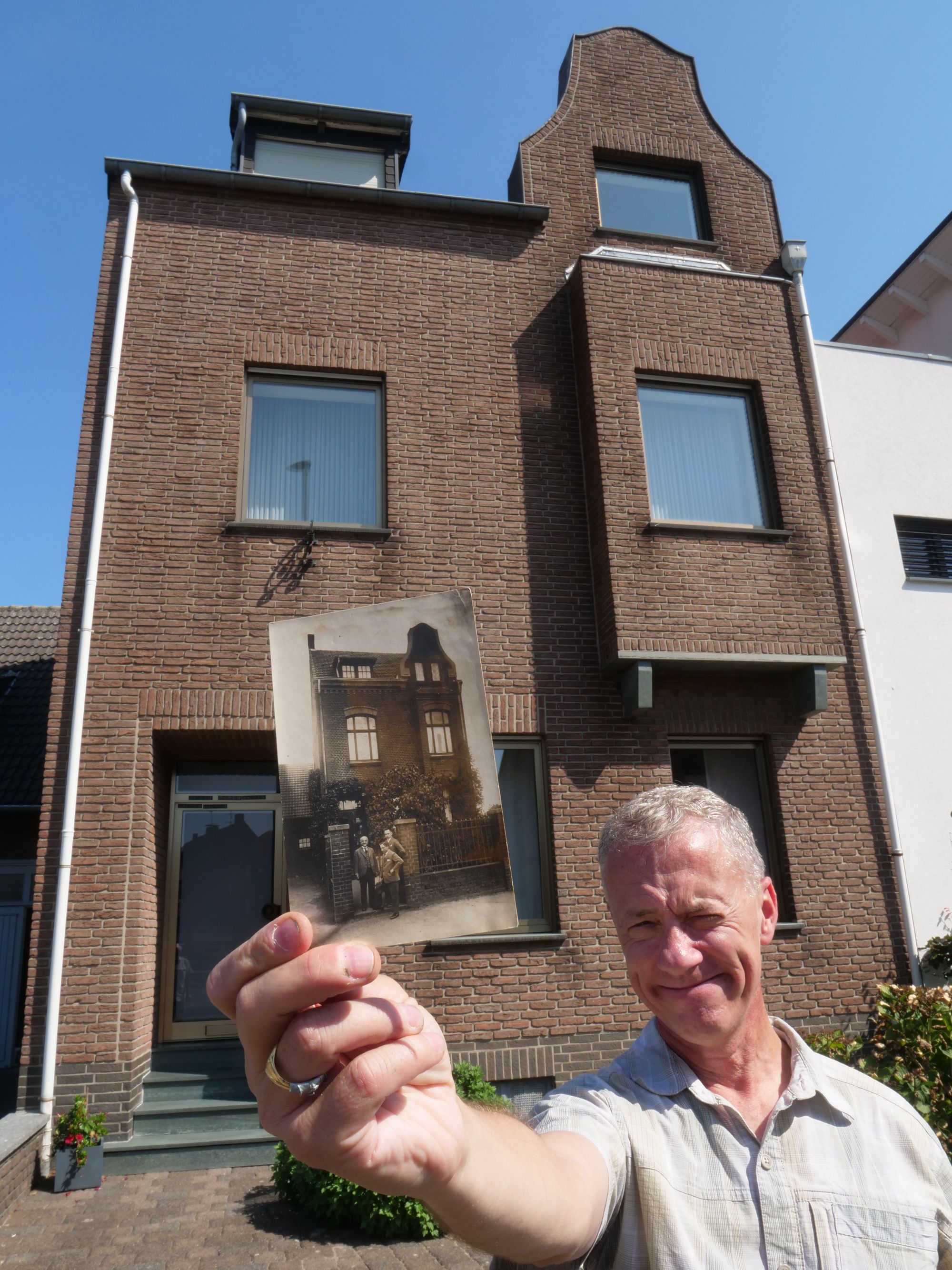
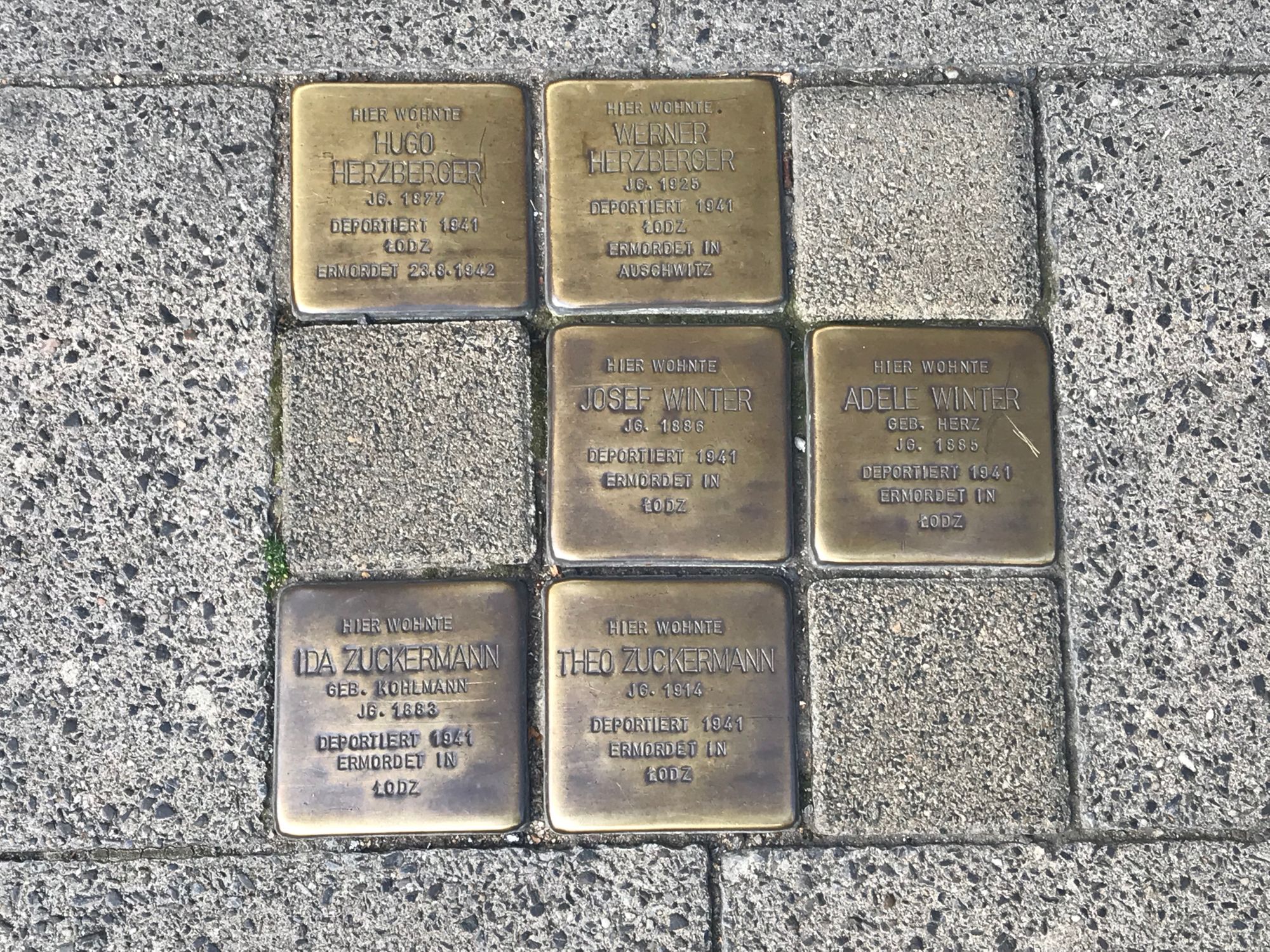
In Monchenglabach, we visited places where Al’s father had grown-up and Jewish sites including memorials to those who perished in the Holocaust represented by bronze sidewalk plaques and the synagogue which had been burned down on Kristalnacht. Al, as a means of preserving something of his father’s family’s past, gathered earth at significant sites where Eddie Willner lived, was imprisoned and escaped. A project called, “Gathering Earth”.
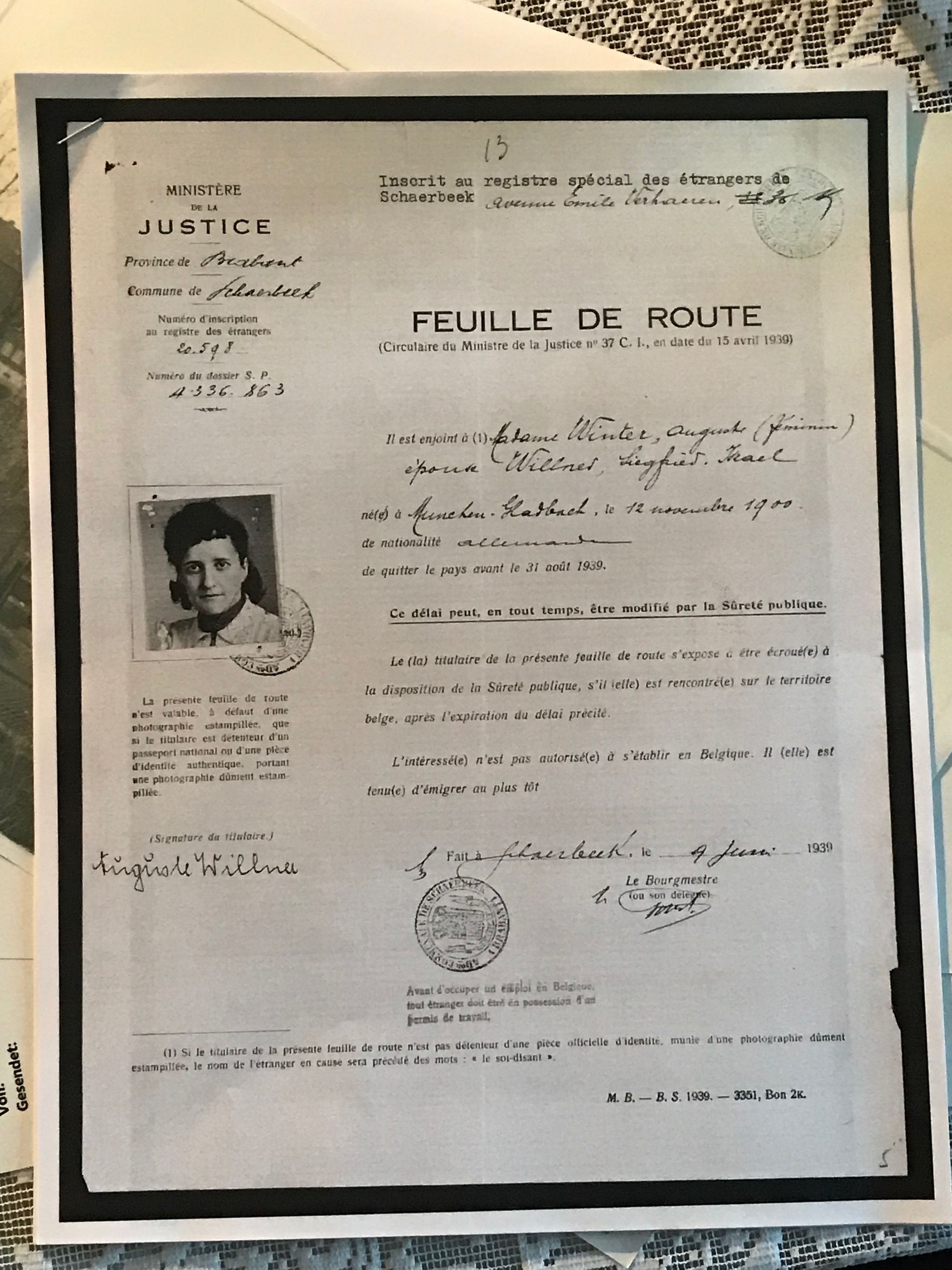
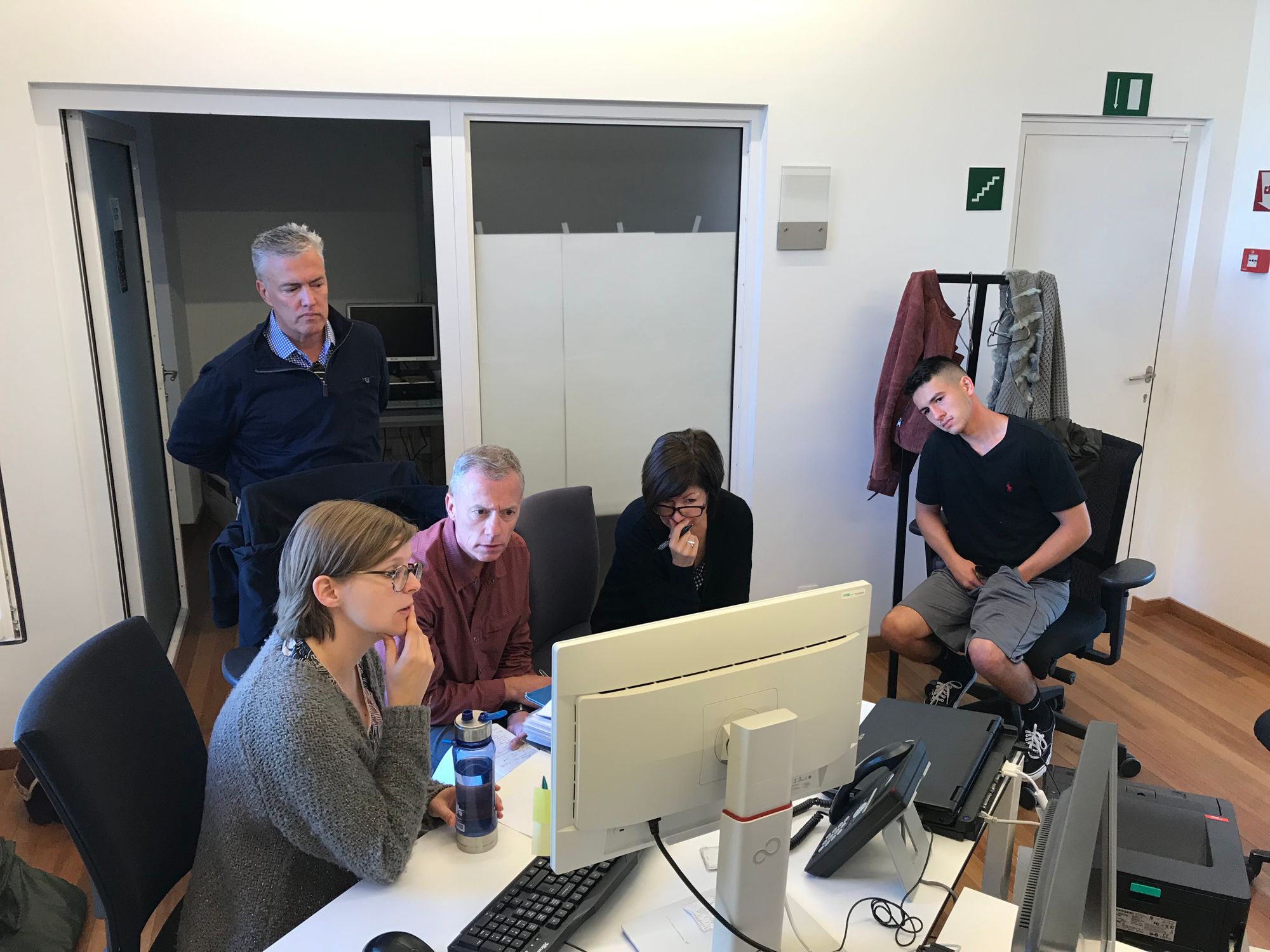
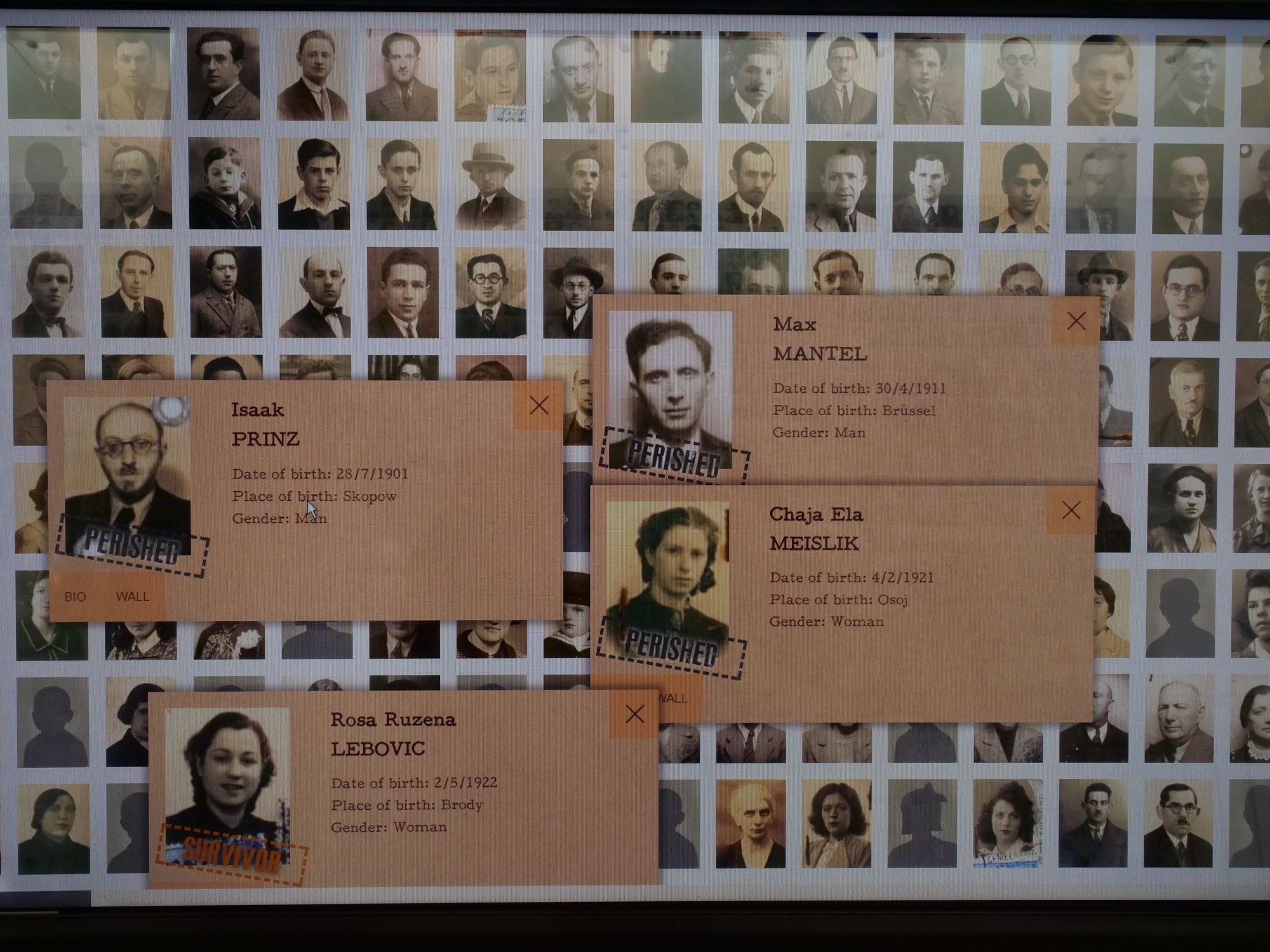
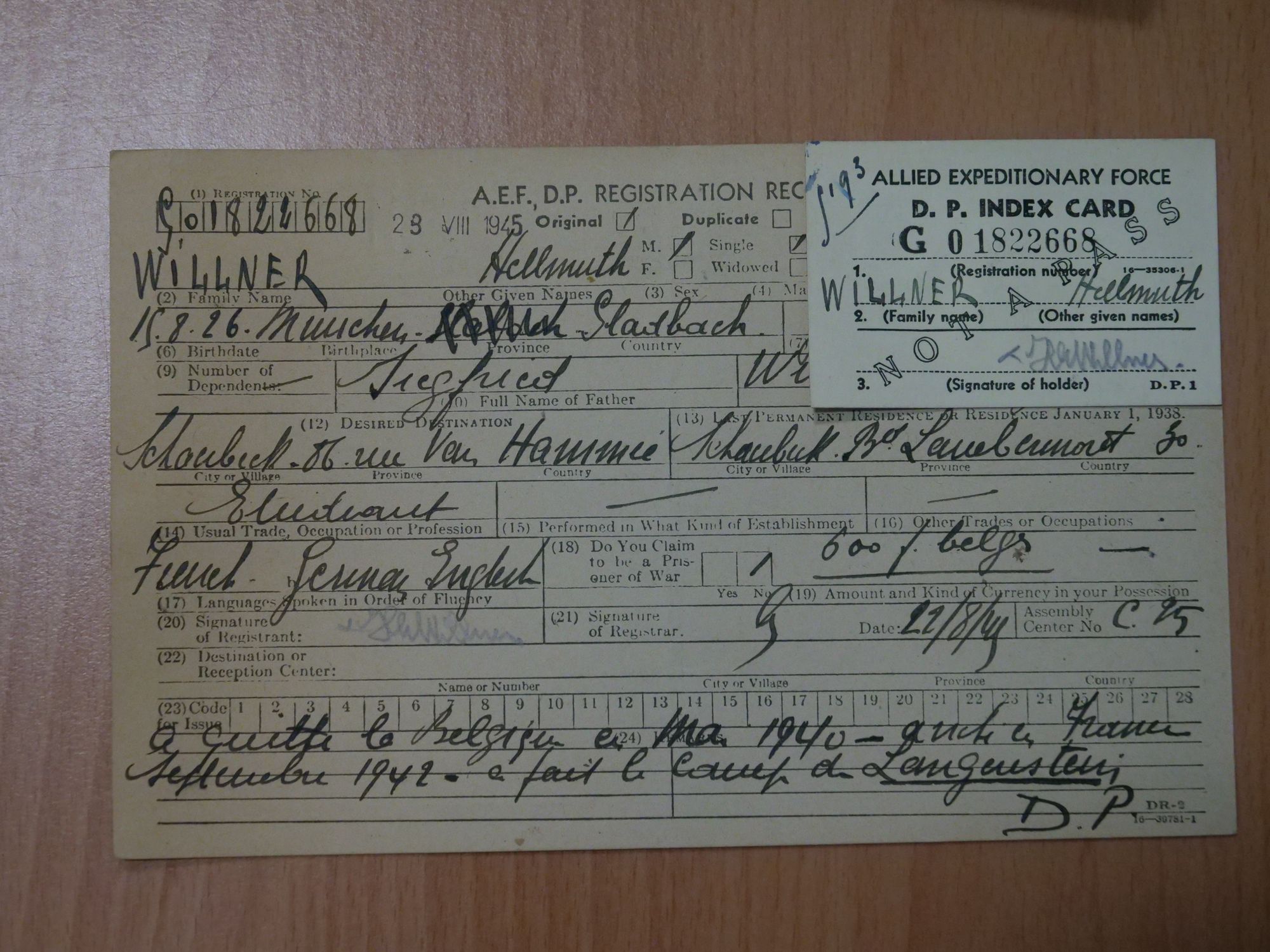
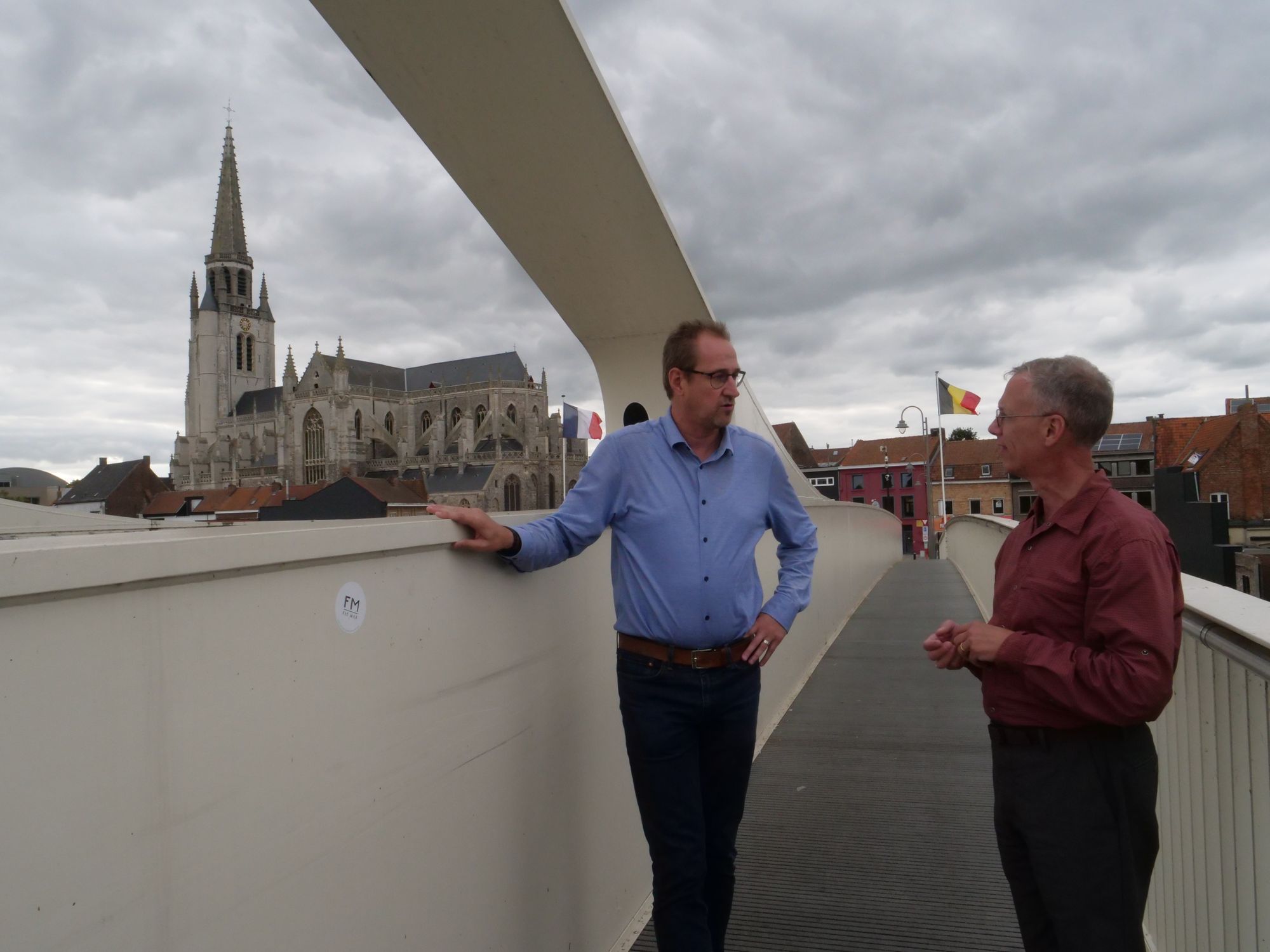
Next our path took us to Brussels, Belgium where we met historians at the State Archives of Belgium and traveled to the Kazerne Dossin camp/museum to meet with archivists there. Like Germany we also visited various sites where he and his parents lived and went to school in Brussels. Siegfried Willner, the grandfather, had been arrested when the Belgian authorities rounded up all adult German males during the German invasion of Belgium in May 1940. He was handed over to French authorities at the Belgium-France border who then sent all these possible German agents to internment camps in southern France that had been set-up the previous year for Republican Spaniards fleeing the Civil War in Spain.
We proceeded to Wervik, Belgium where Eddie Willner and his mother Auguste who had gone in search of Siegfried were arrested and briefly imprisoned by Belgian authorities before also being handed over to the French.
We arrived late in the afternoon and made our way to the city hall. As we stood in front of the closed city hall a man emerged and we told him we were trying to locate the old WWII-era jail where Al's father and grandmother had been incarcerated. As what would happen throughout our journey, providence was on our side and it happened to be the mayor of Wervik.
He not only showed us where the jail had once been located but he took us on a walk through the town and across the Leie River into France telling us it's WWI and WWII history.
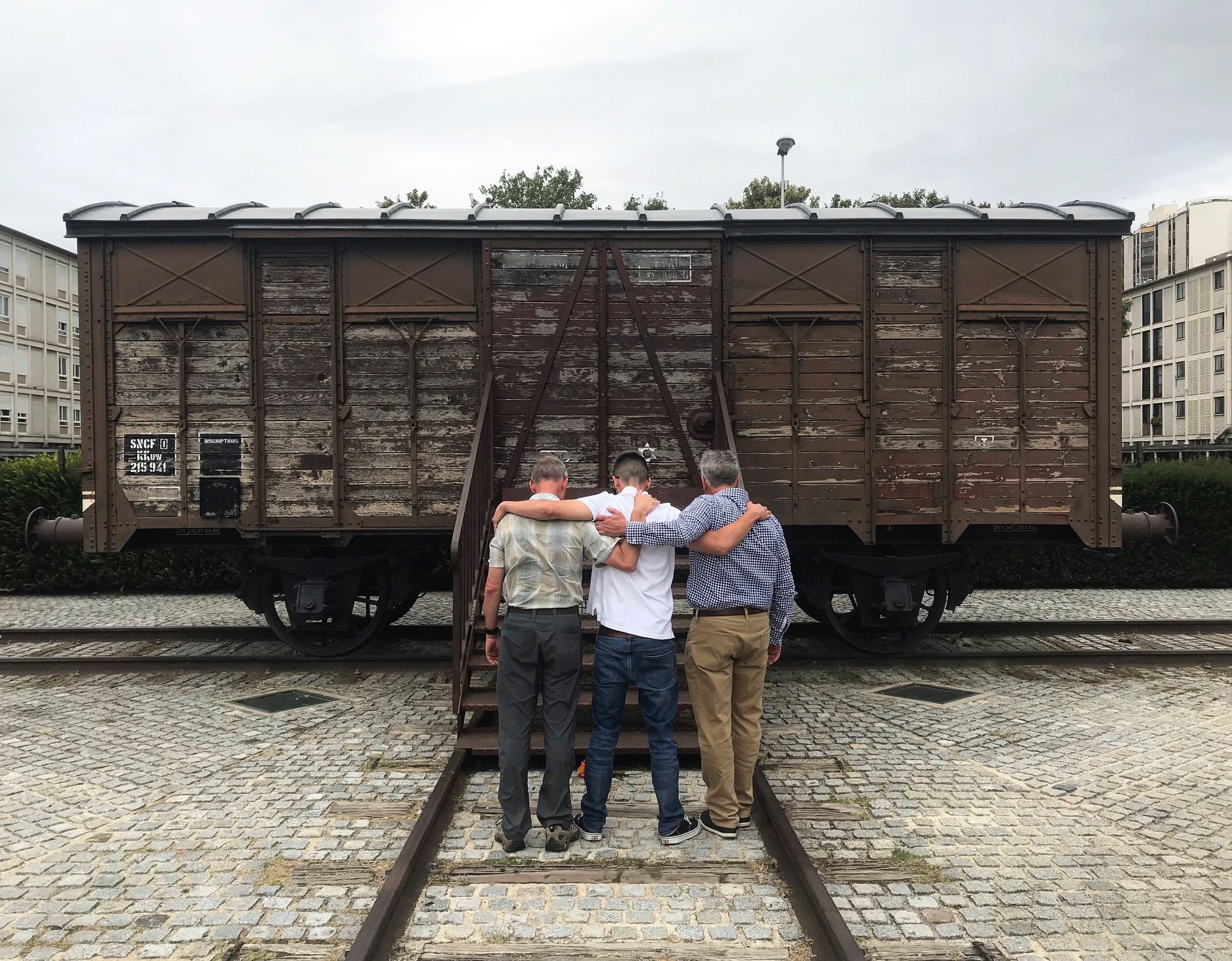
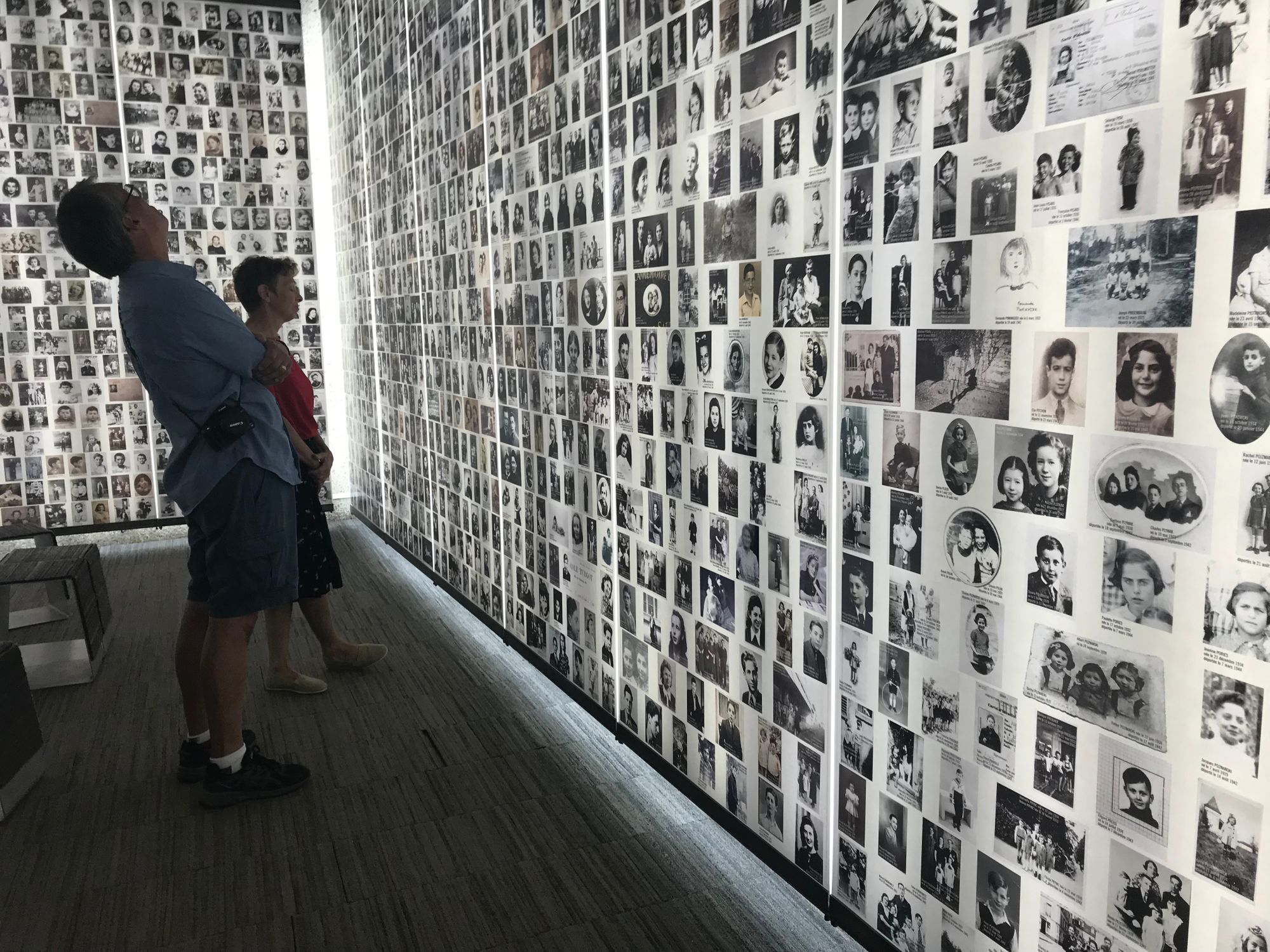
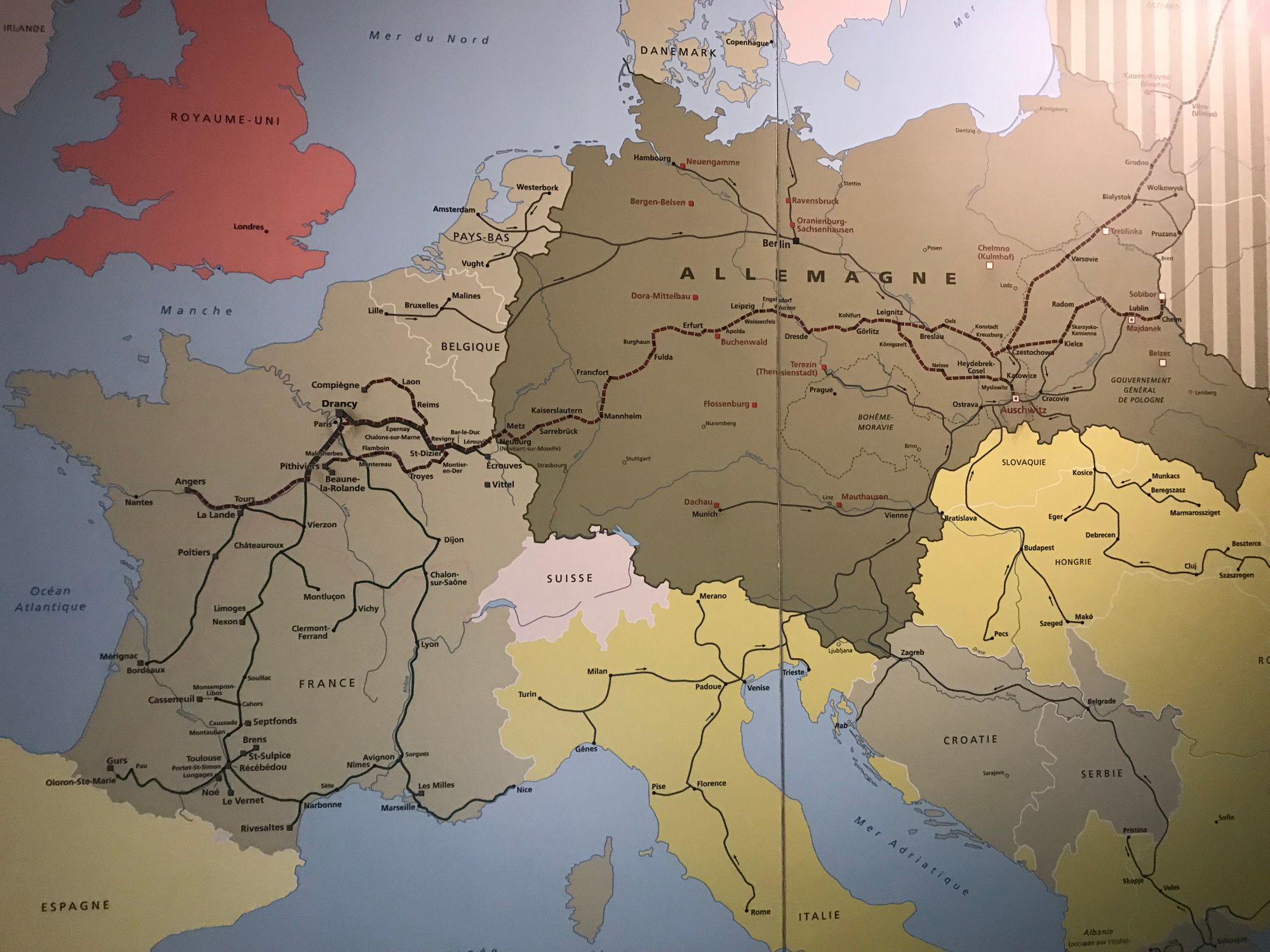
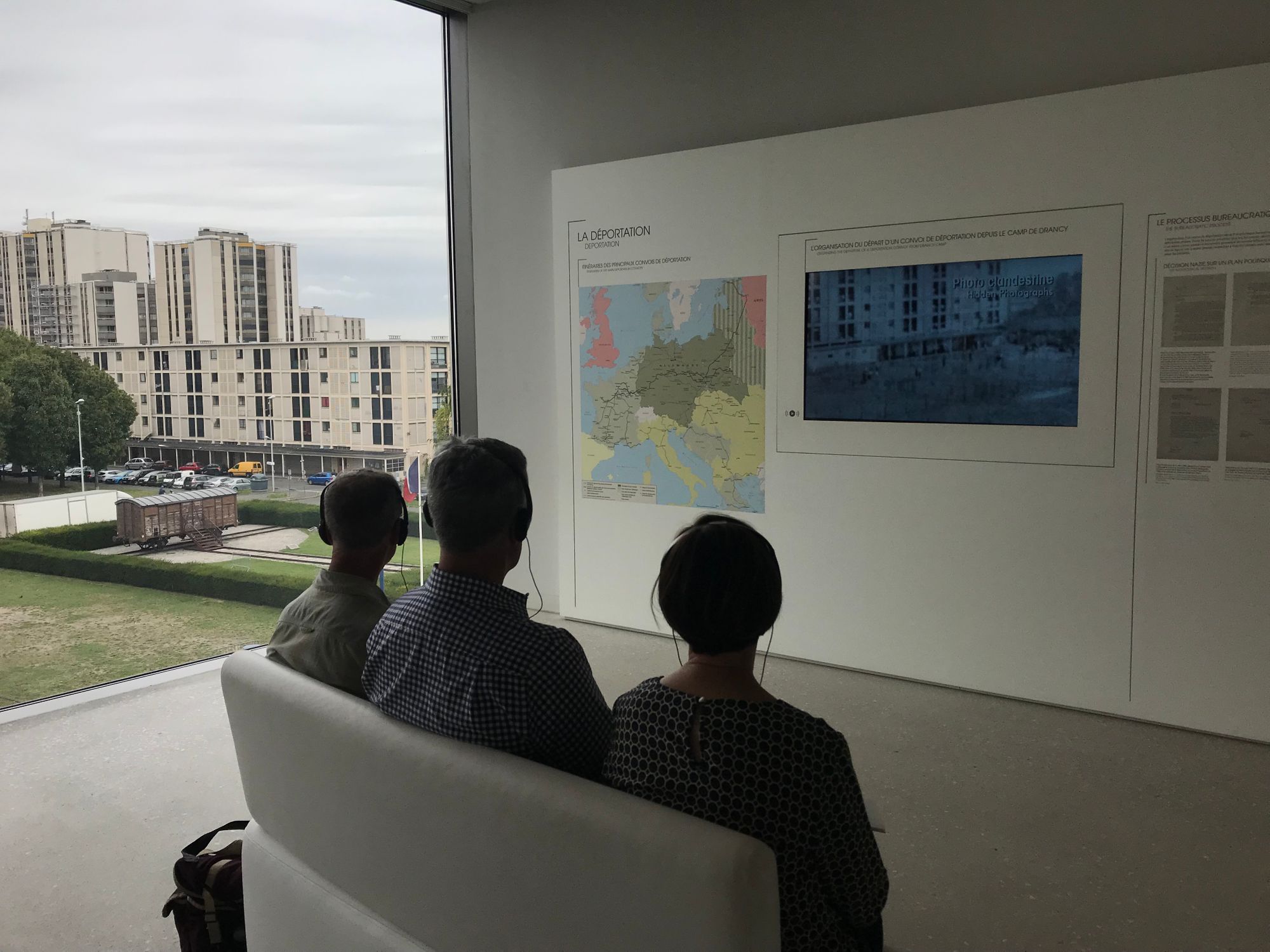
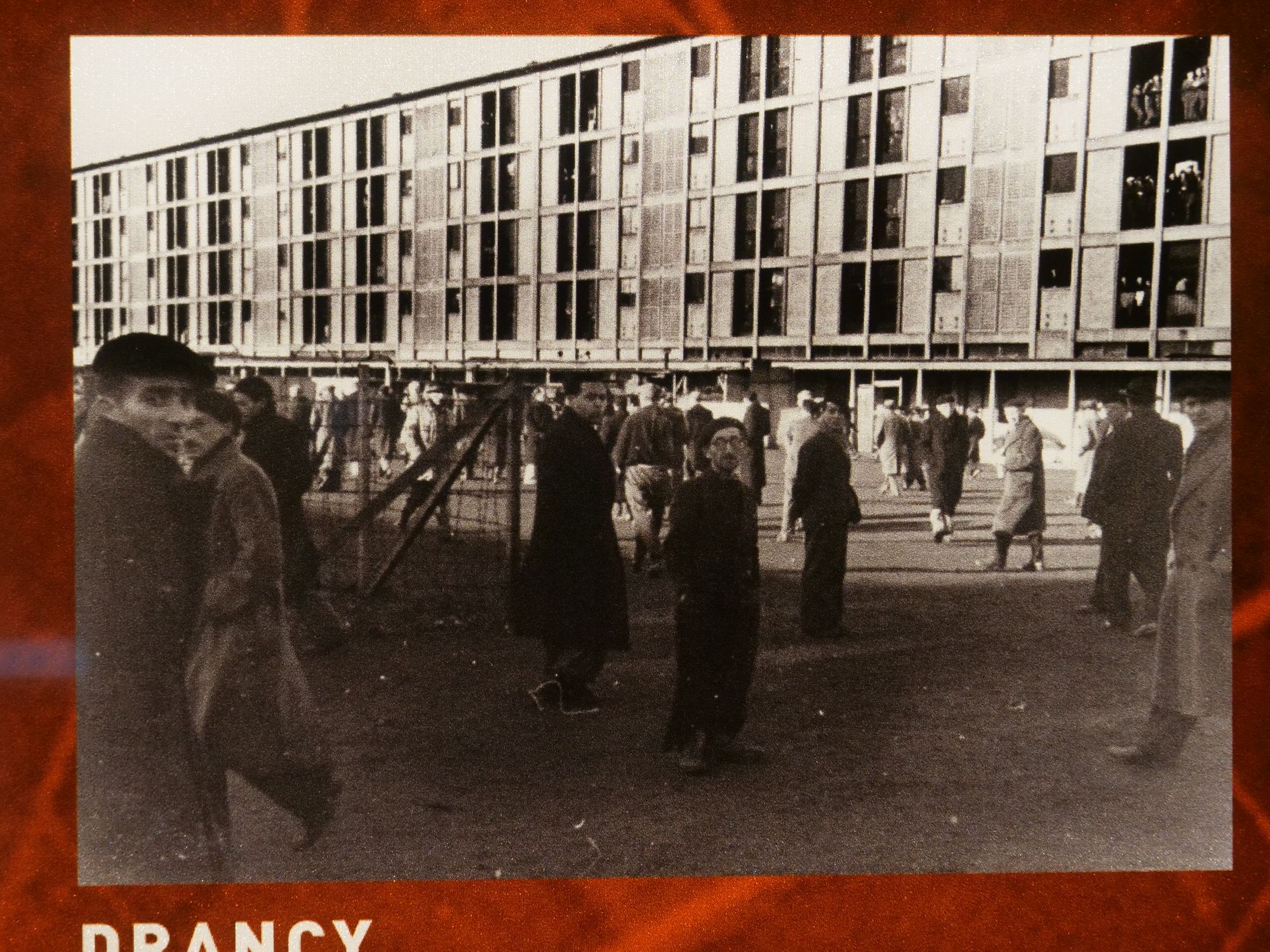
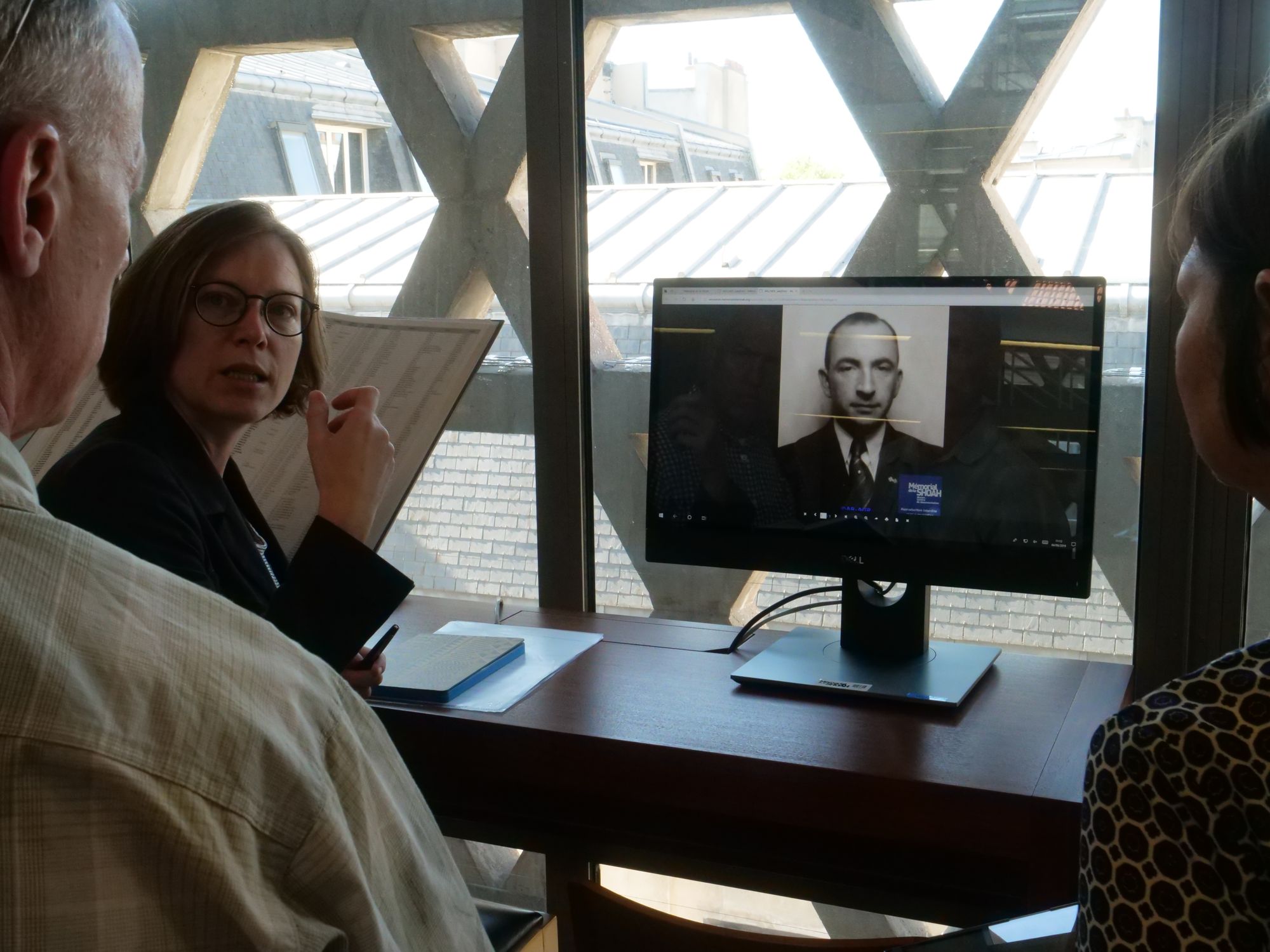
After a long day and as the sun set we traveled to Paris where we met with archivists at the Foundation de la Shoah and the French National Archives. Al, his brother and his nephew paid tribute to their relatives at the Drancy deportation center where, in September 1942, they were put in cattle cars and sent to Auschwitz. The Drancy Museum overlooks what-was-once the internment-transit compound which still exists and is now a low income housing complex primarily occupied by immigrants.
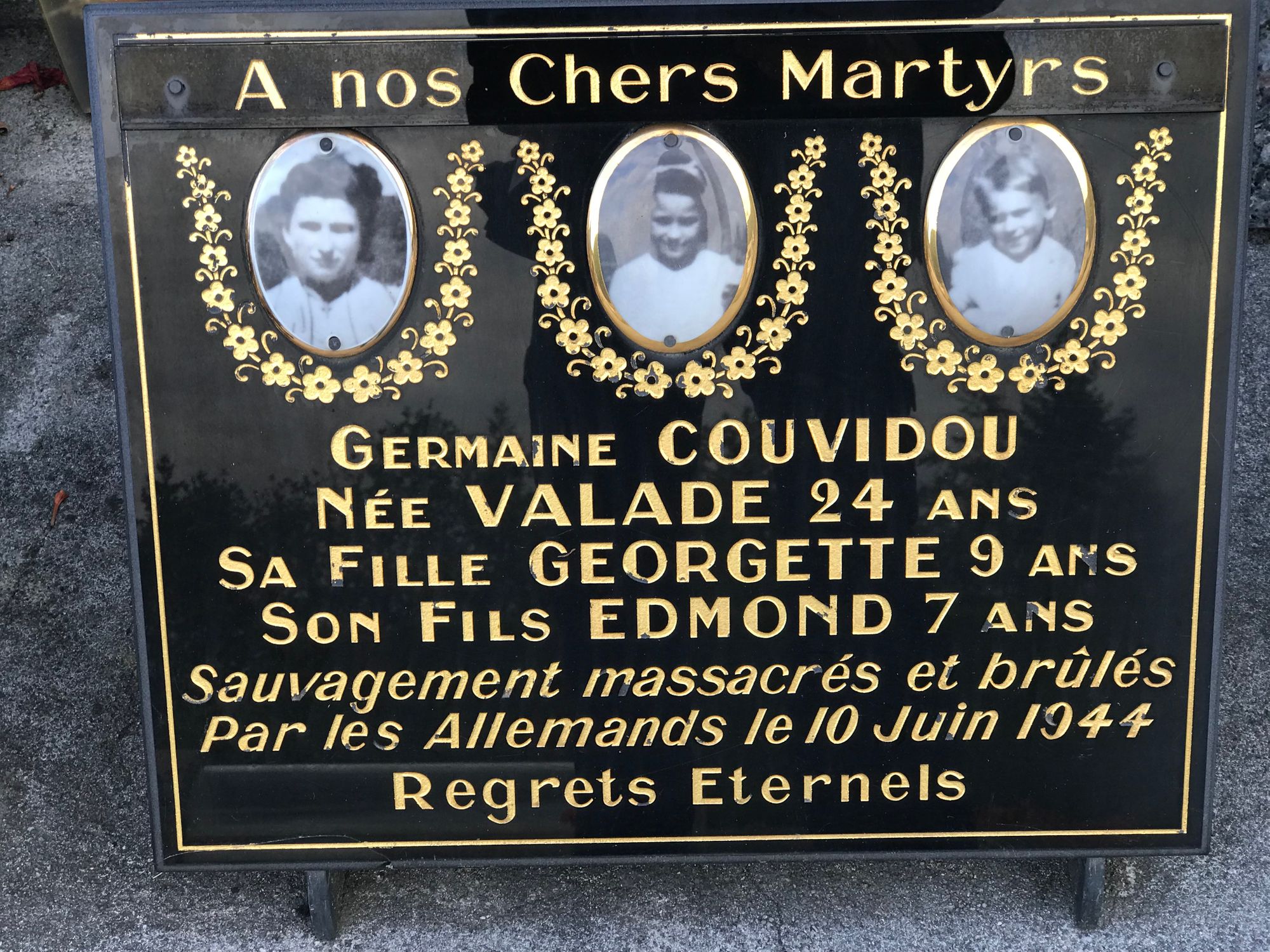
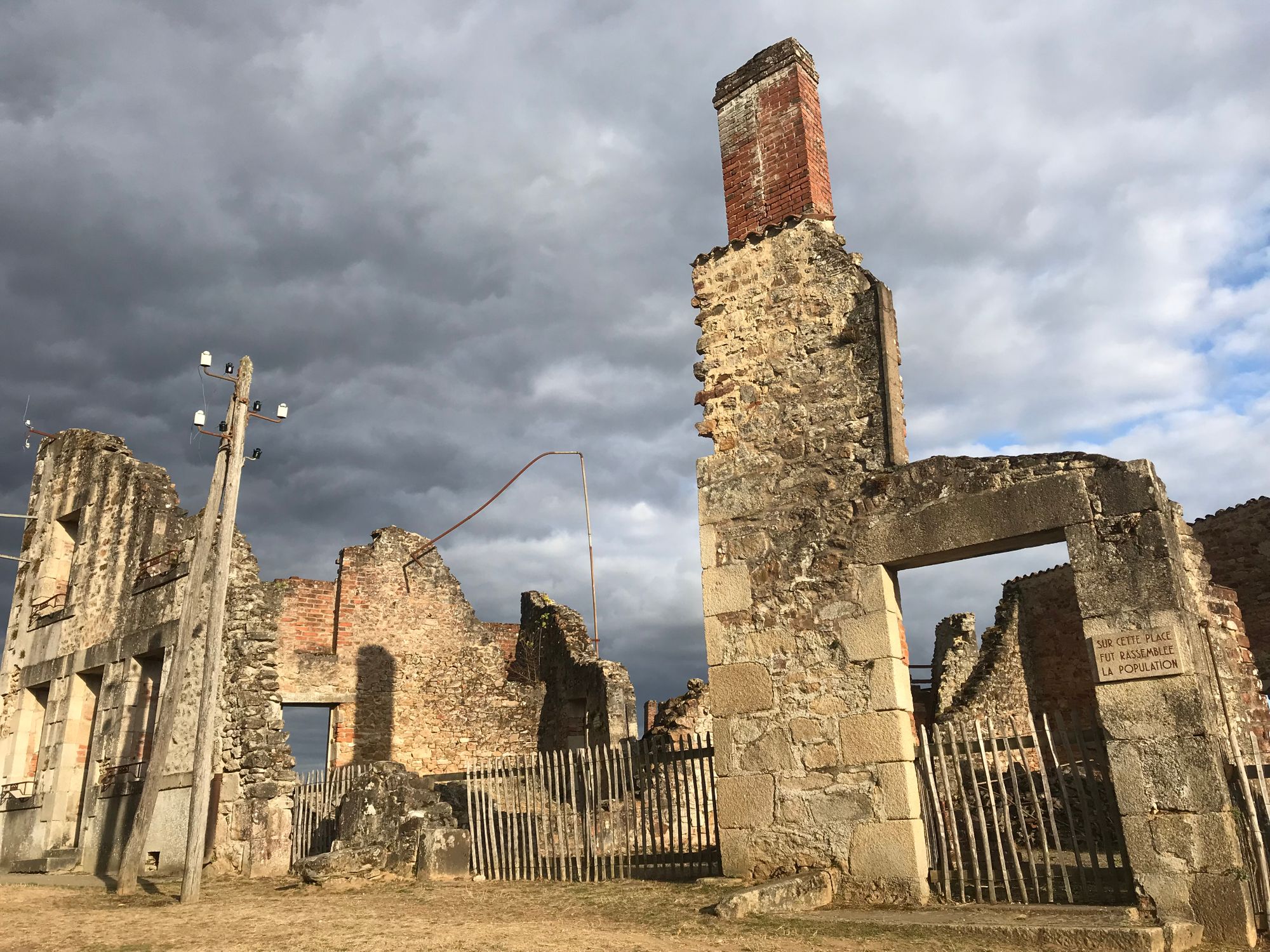
As we headed to southern France, we detoured off subject and overnighted near Ordour-sur-Glane to visit the town that was burned and its inhabitants massacred by the Nazis in retaliation for resistance operations in the area. It is a memorial site and has been left as it was since 10 June 1944.
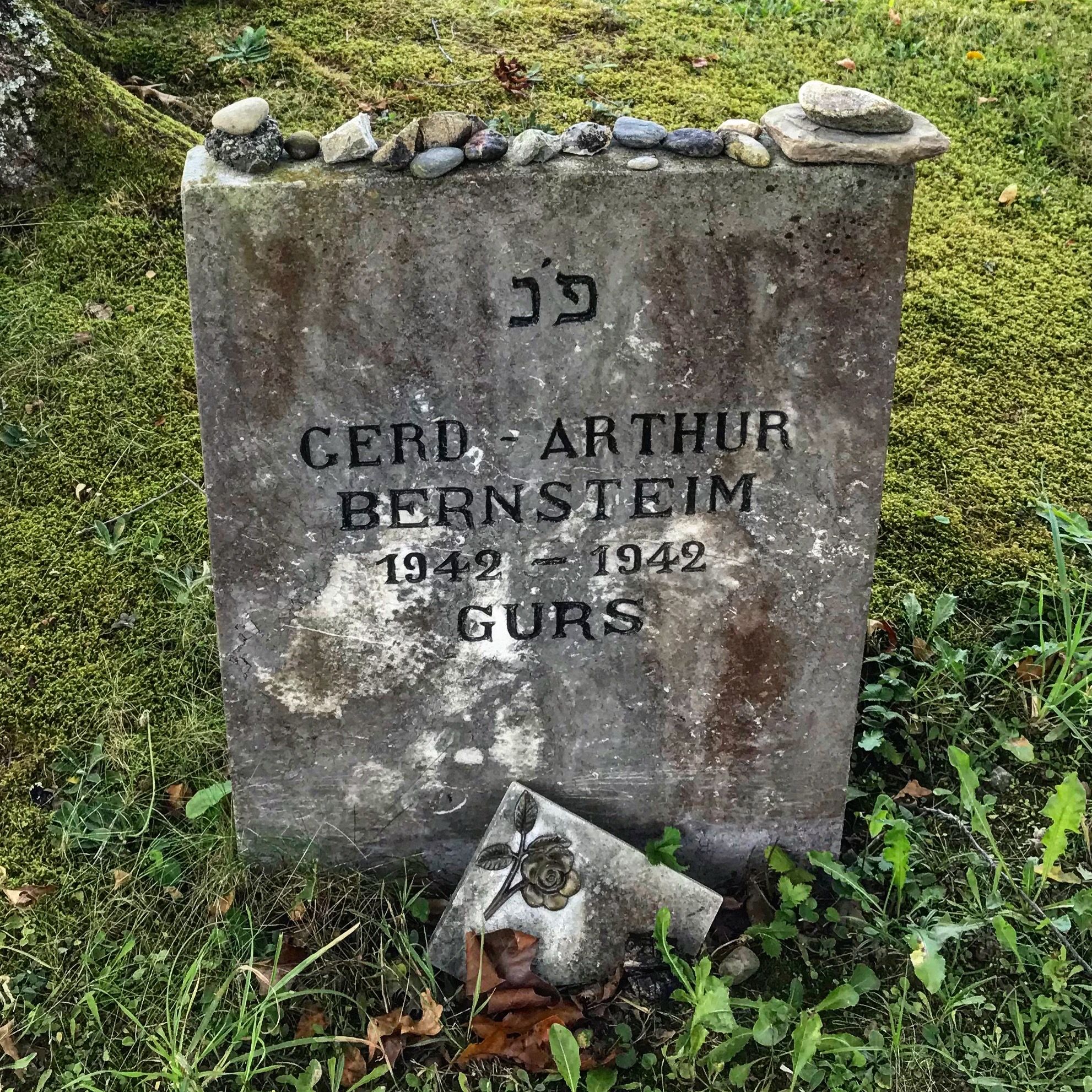
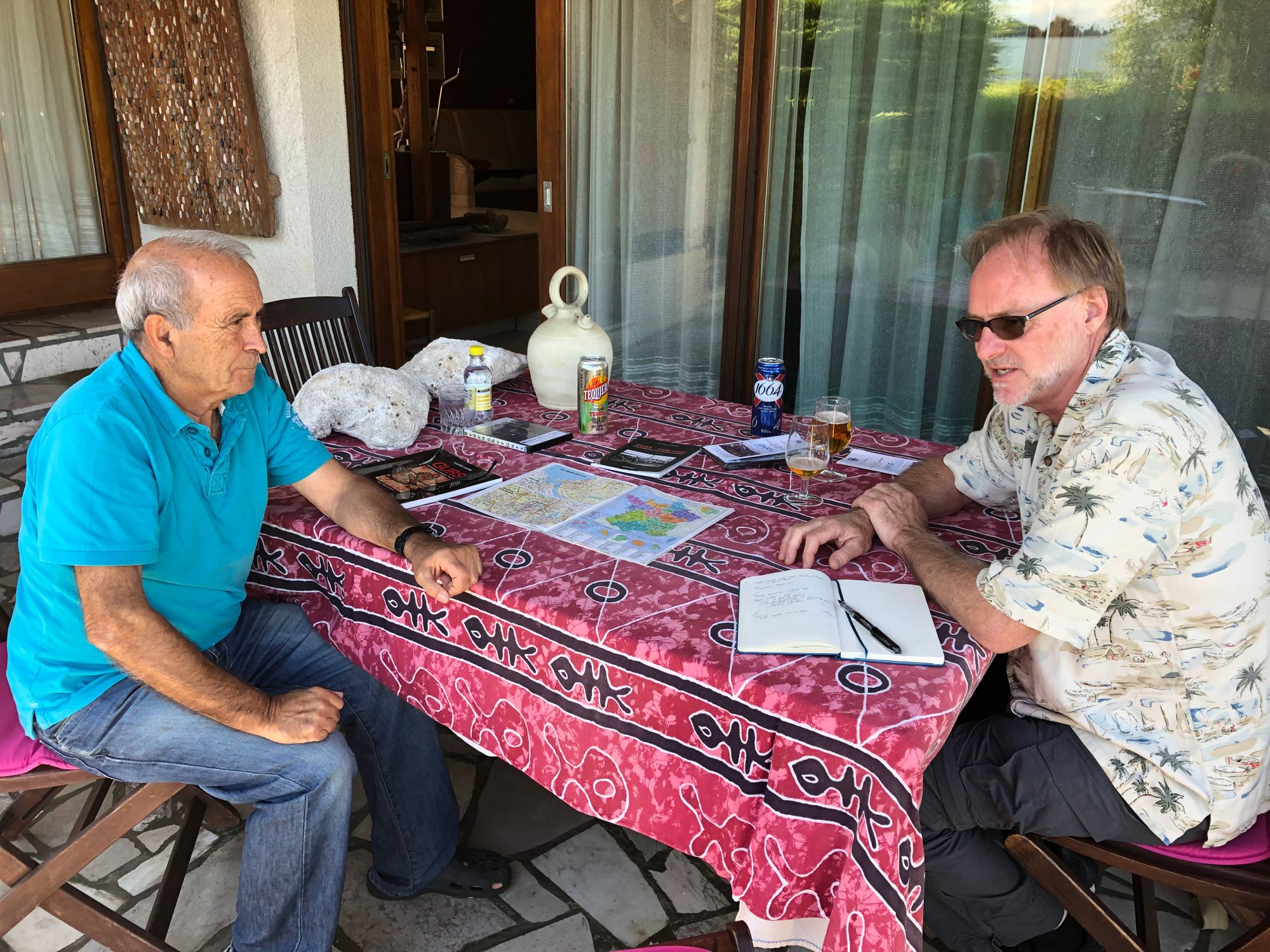
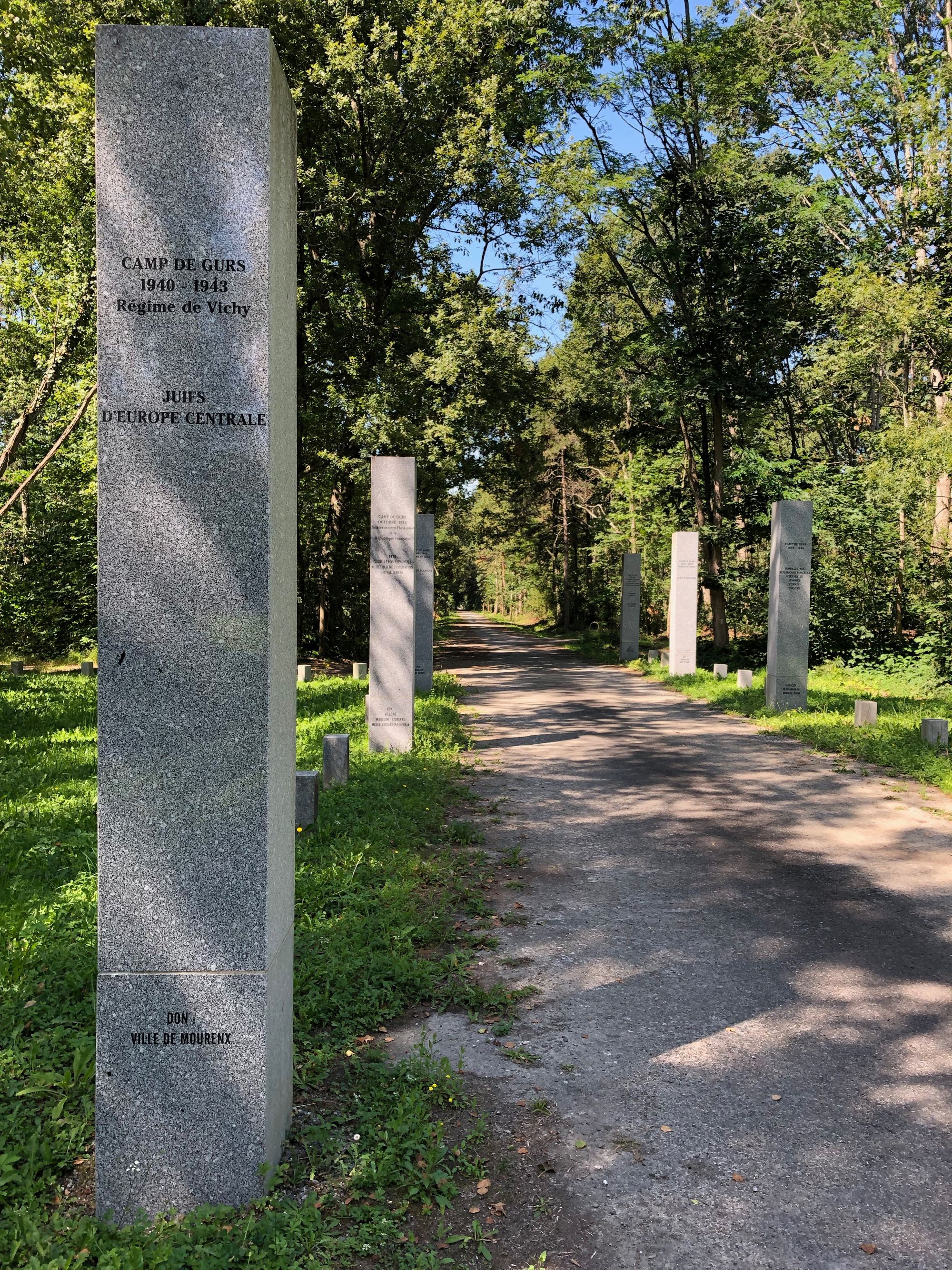
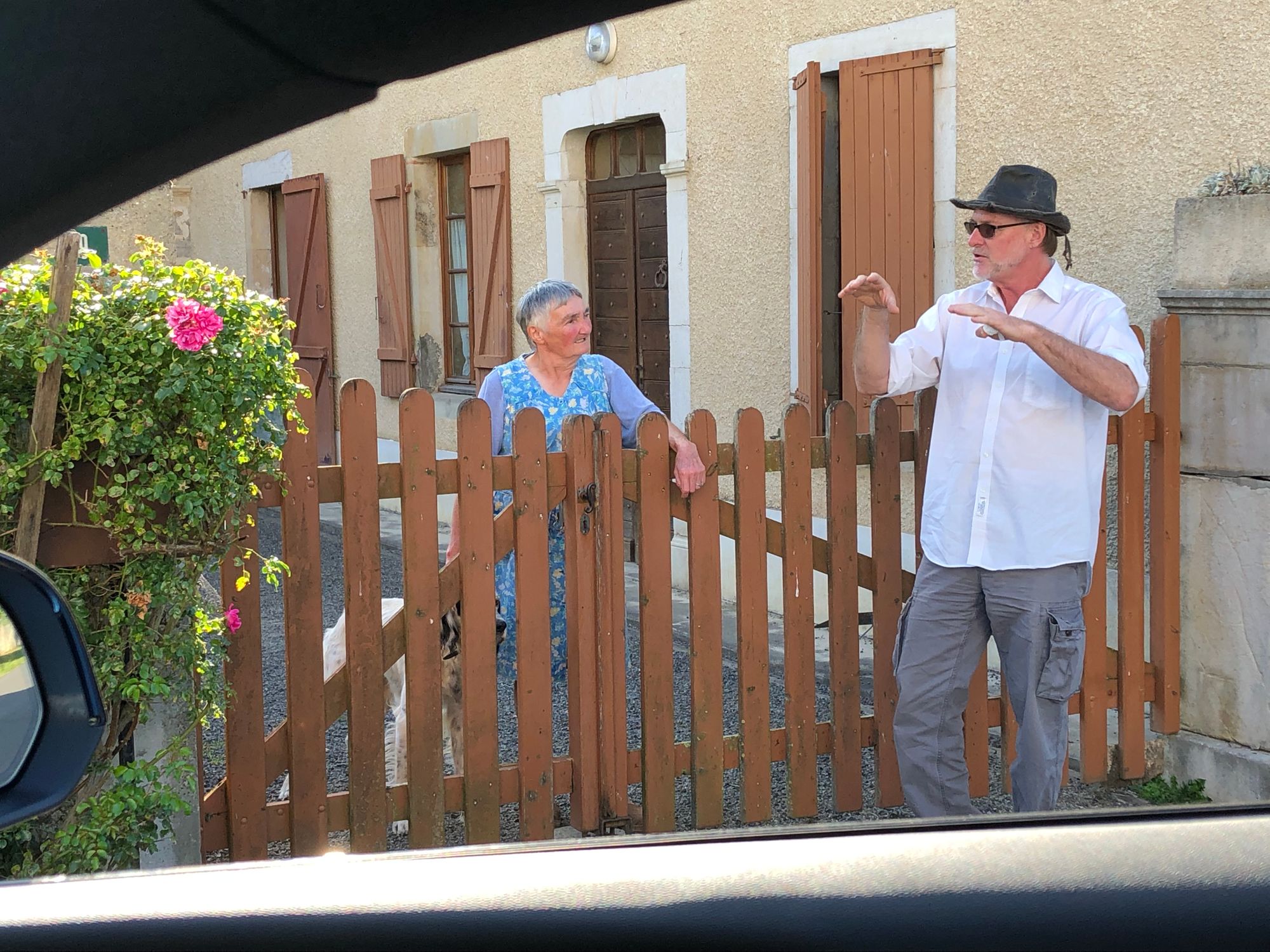
In southern France, we based ourselves near Pau for a few days to investigate the Gurs internment camp and visit the regional departmental archives and also get caught up on our writing and documentation. We spoke with the son of a former Spanish Republican camp inmate, historian and author, Emile Valles. It was in Gurs that Eddie and his mother were first interned after their arrest in Wervik and deportation to France.

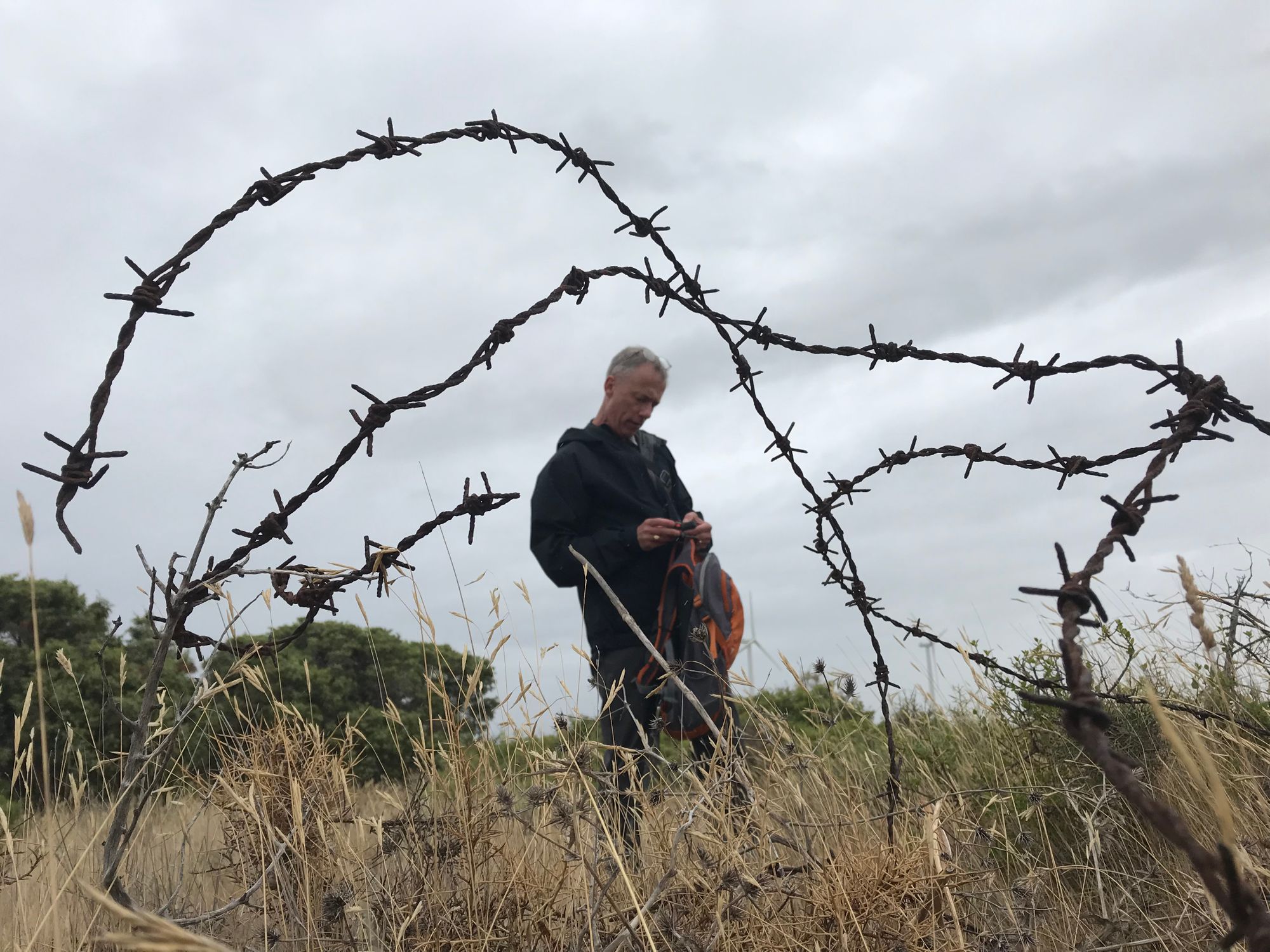
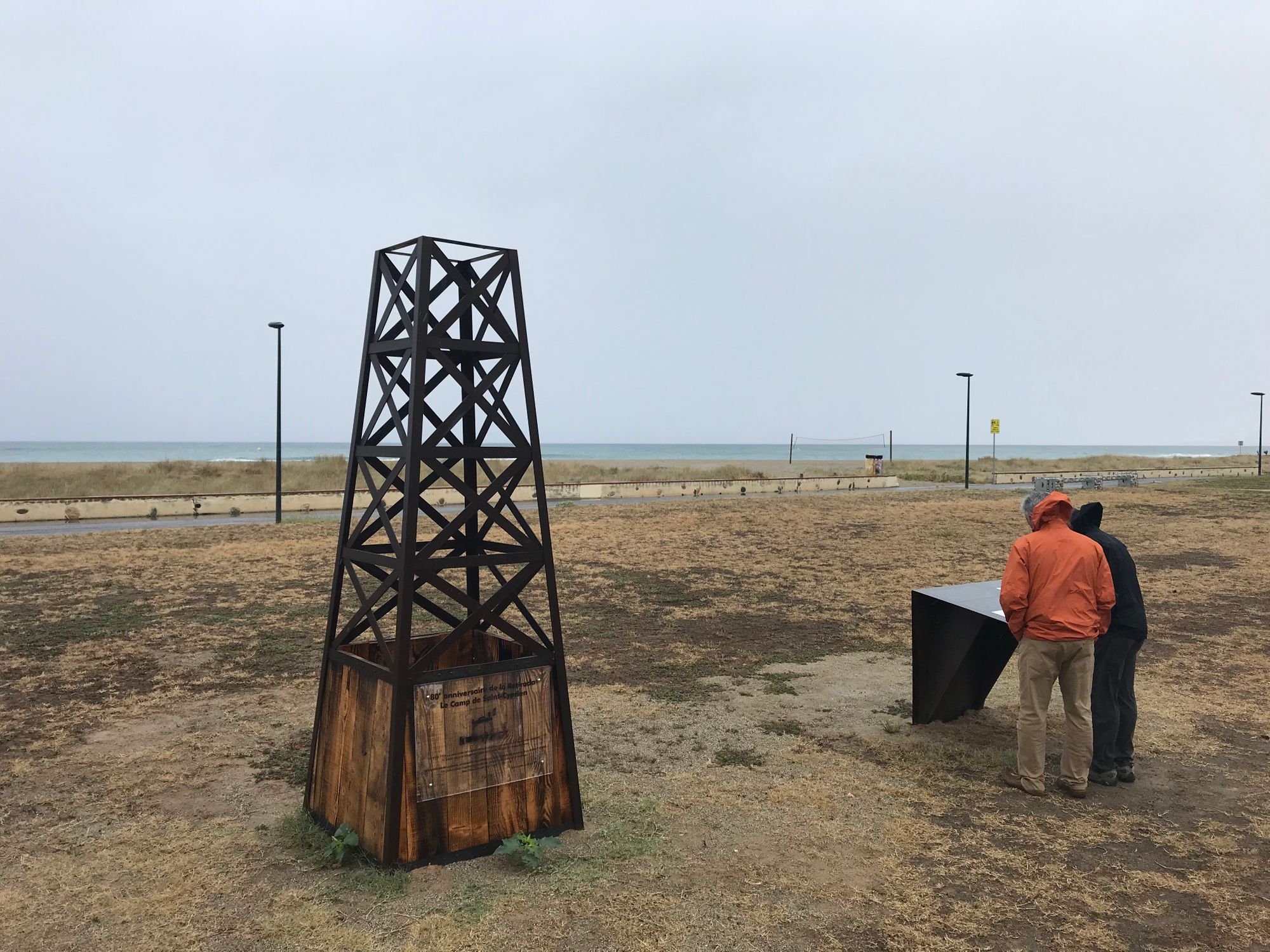
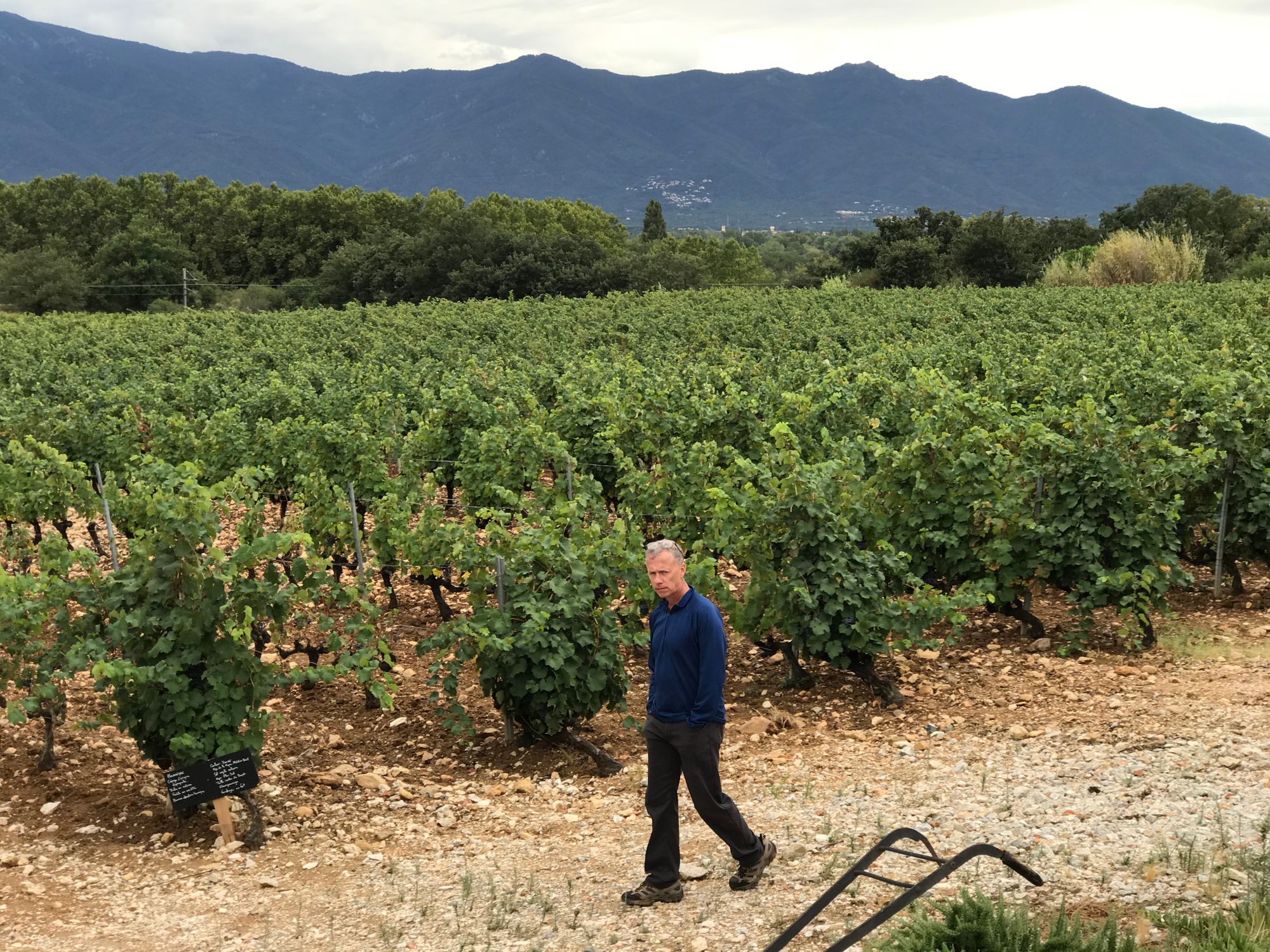
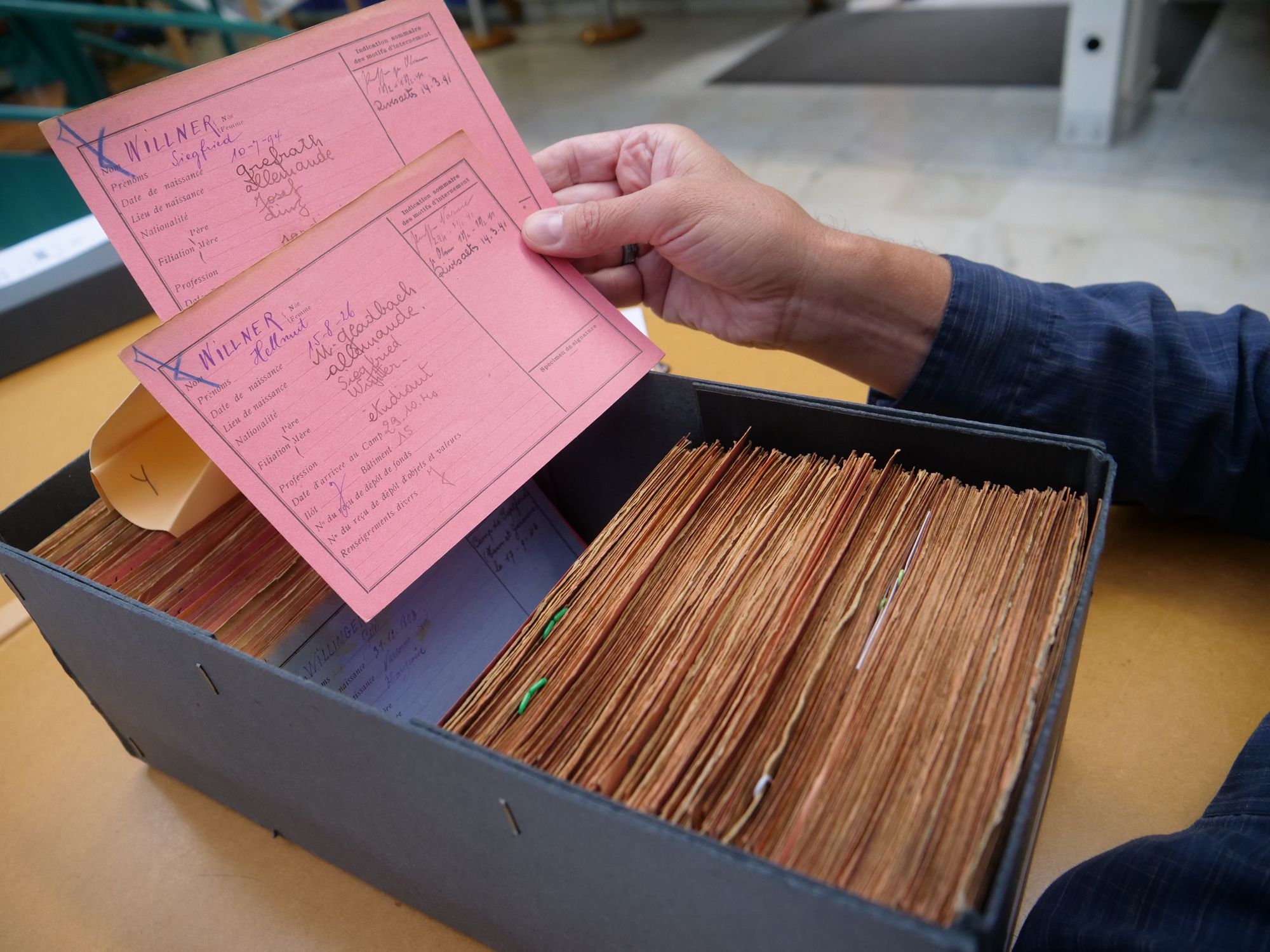
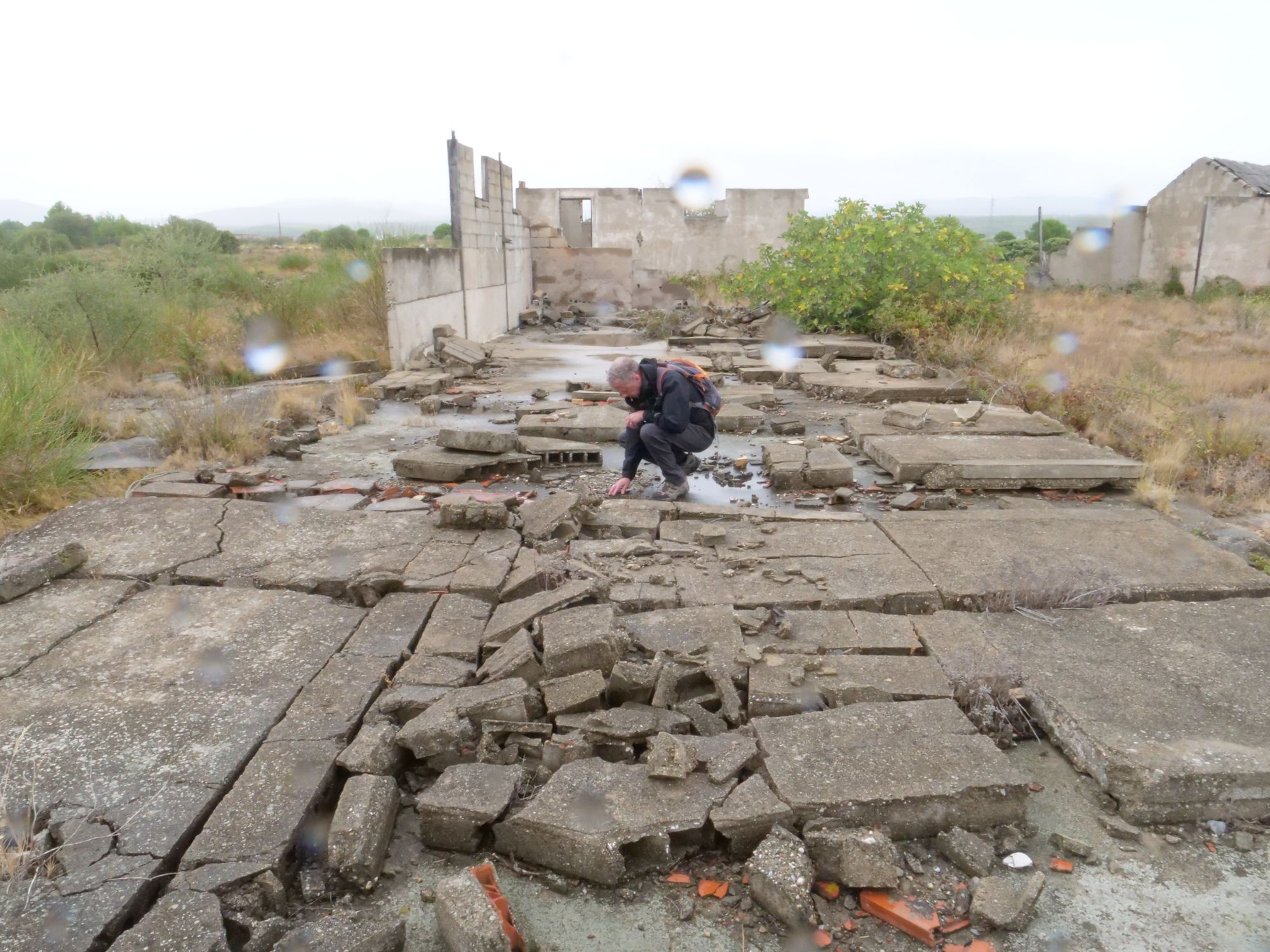
From there we tried to piece together the family’s next two years. The father and grandmother had been released sometime after the fall of France to the Germans, but the grandfather was held in a variety of internment camps to labor in the fields. Eventually, when Eddie Willner turned 15 and while on a visit with his mother to the St. Cyprien internment camp he was also imprisoned. Following a major flood at St. Cyprien, he and his father were evacuated to Gurs where they stayed until being then sent on to Rivesaltes camp from which they escaped into the French countryside and were reunited with his mother. They acquired false identity papers from the Mayor of Ortaffa (outside Perpignan) and were housed in an annex to the local church by the priest. There is little information about this time. Siegfried labored on work crews while Eddie toiled in vineyards and his mother did menial labor. They were rounded up in August 1942 – as part of a massive Vichy France roundup of Jews taking place at the time and possibly turned in by a pro-Nazi French informant.
From there they were transported to Drancy (outside Paris) and on September 11, 1942 put in one of the infamous train cattle cars and sent to Auschwitz.
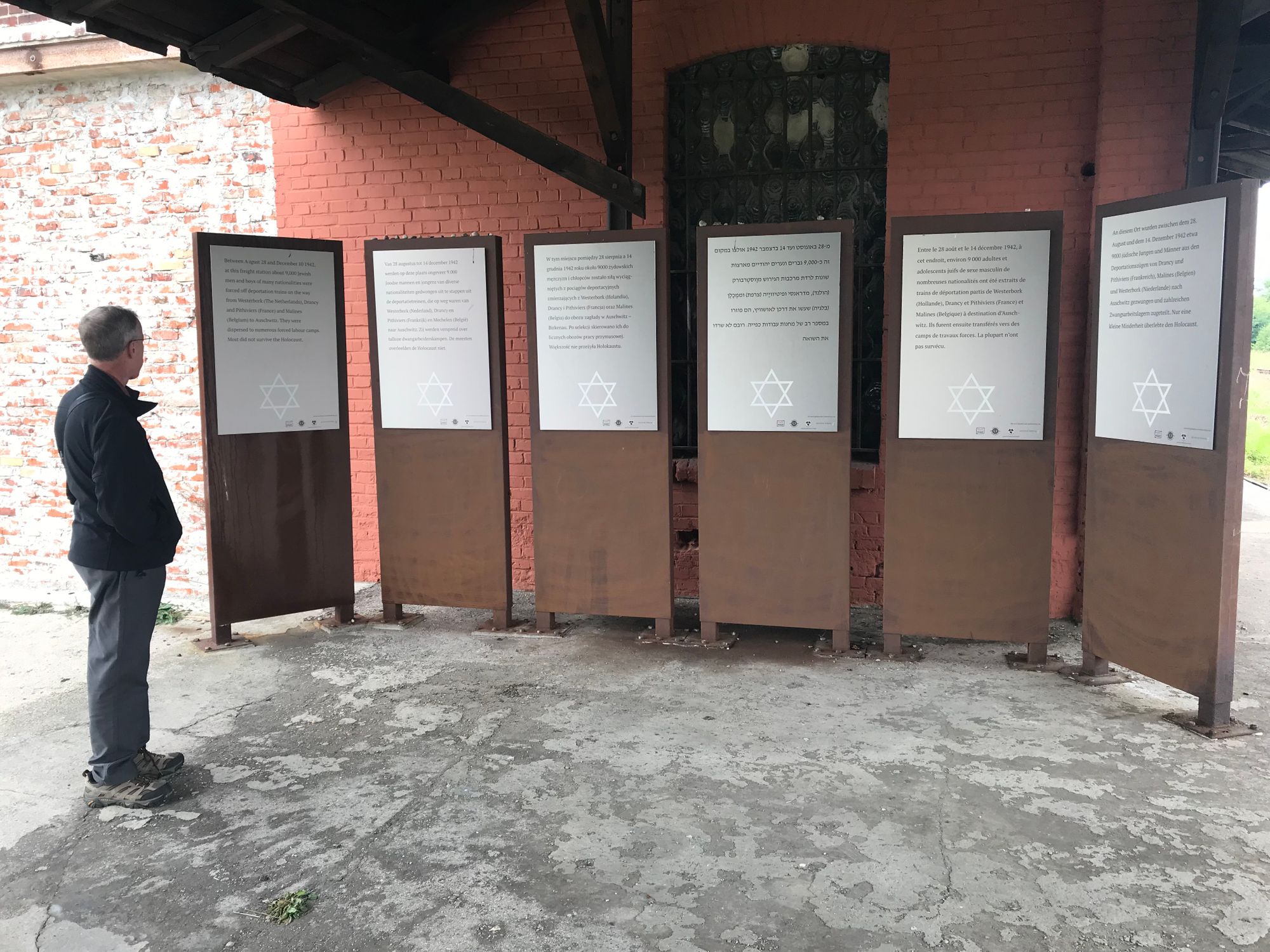
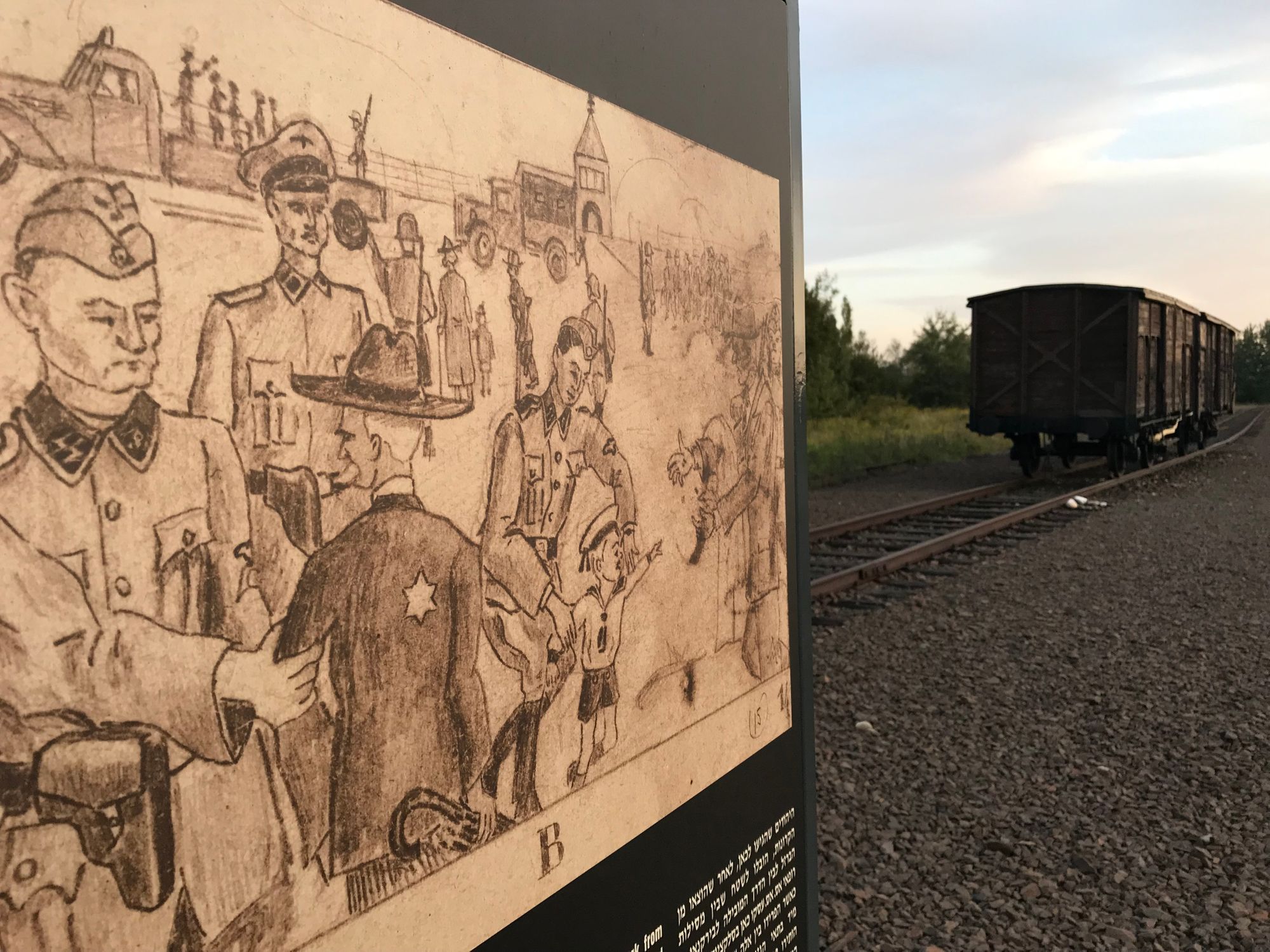
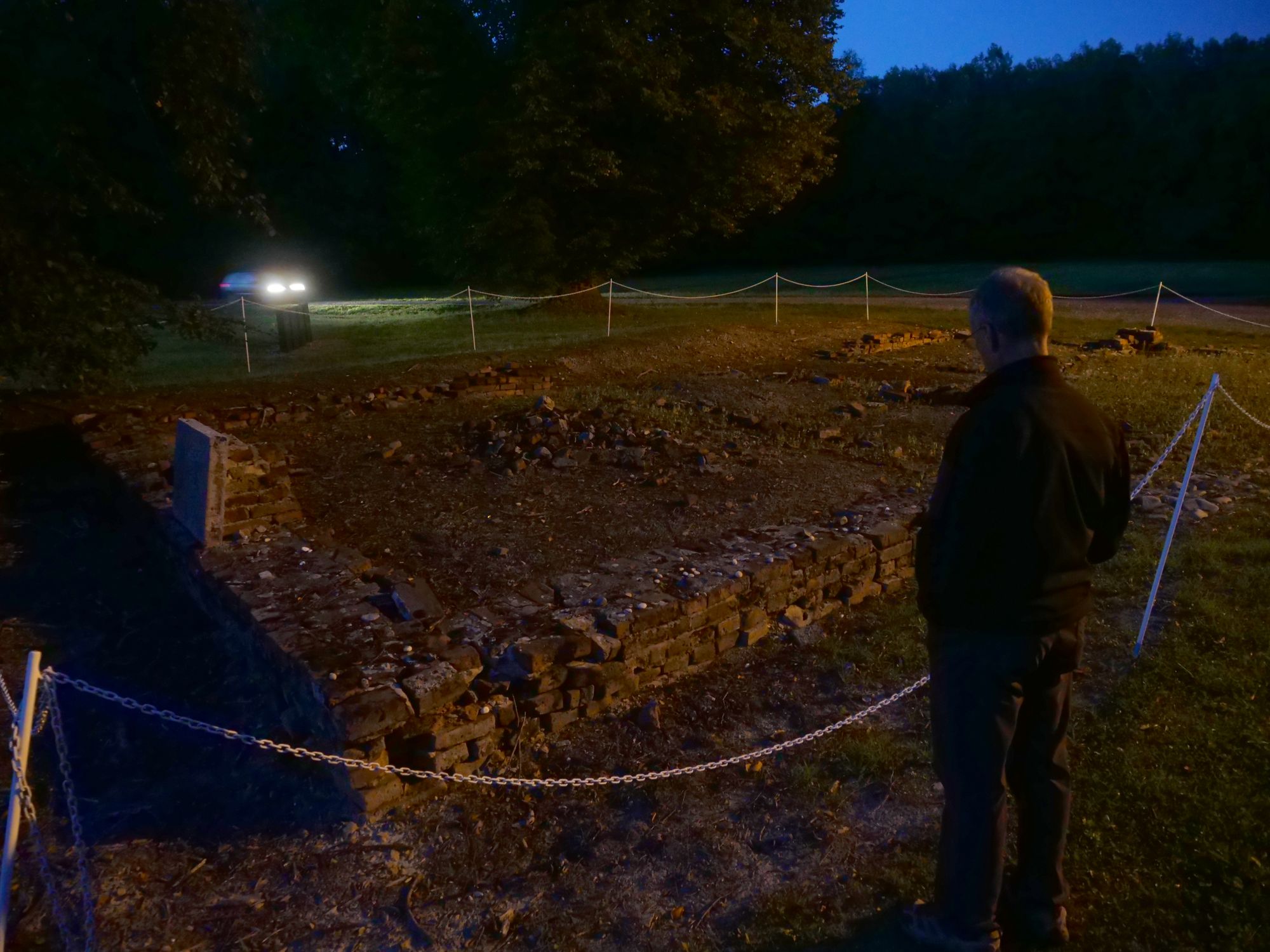
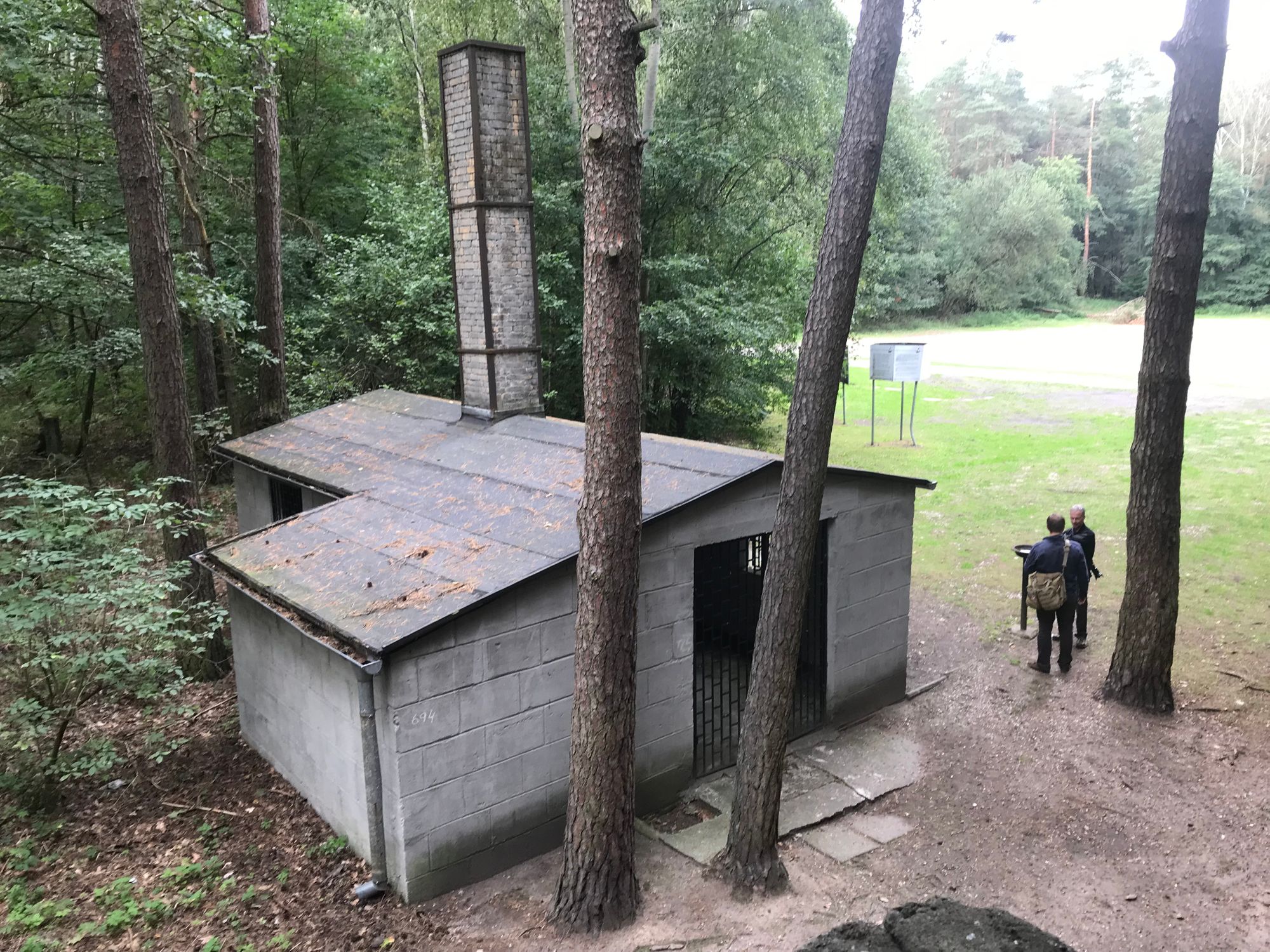
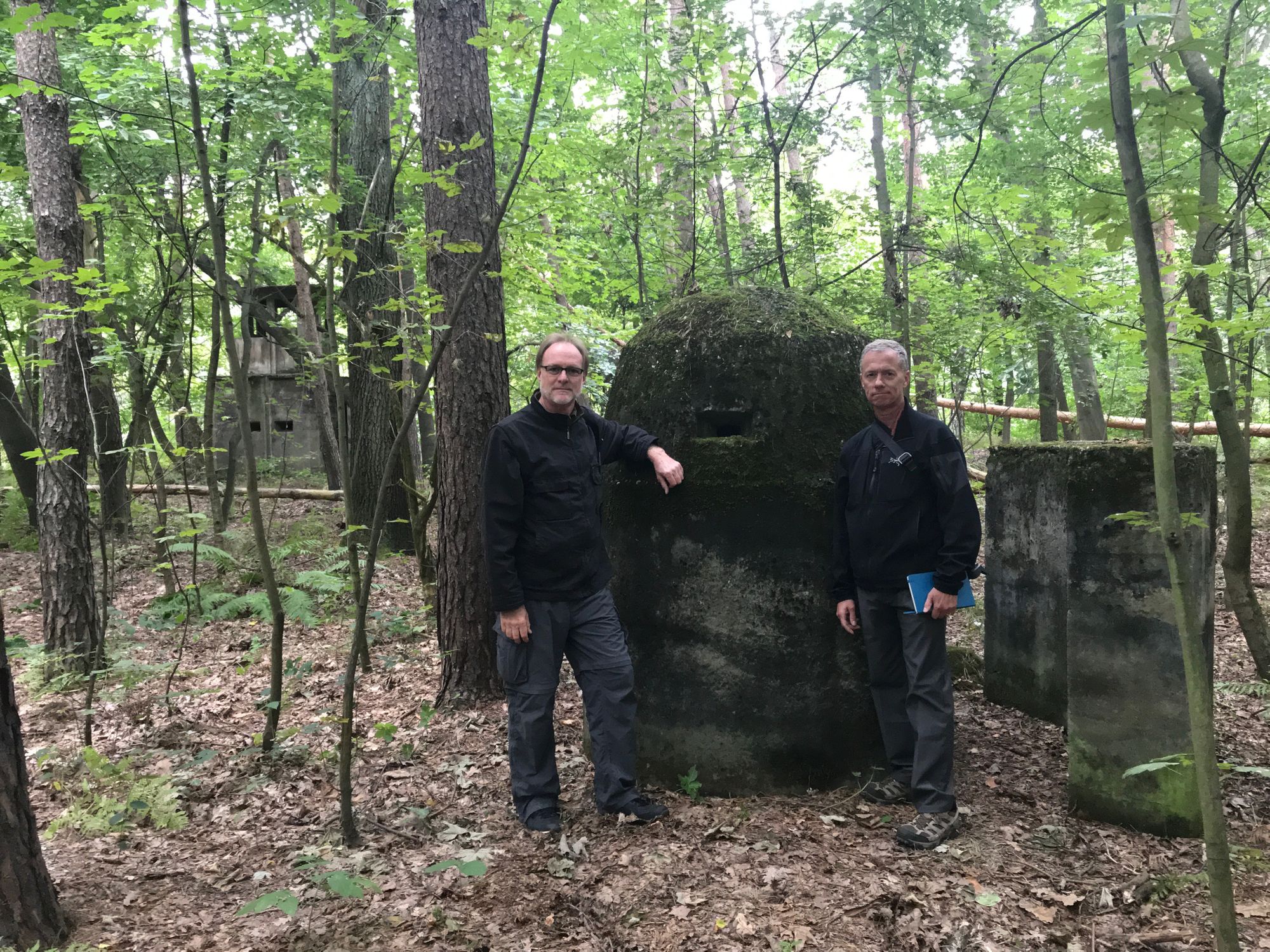
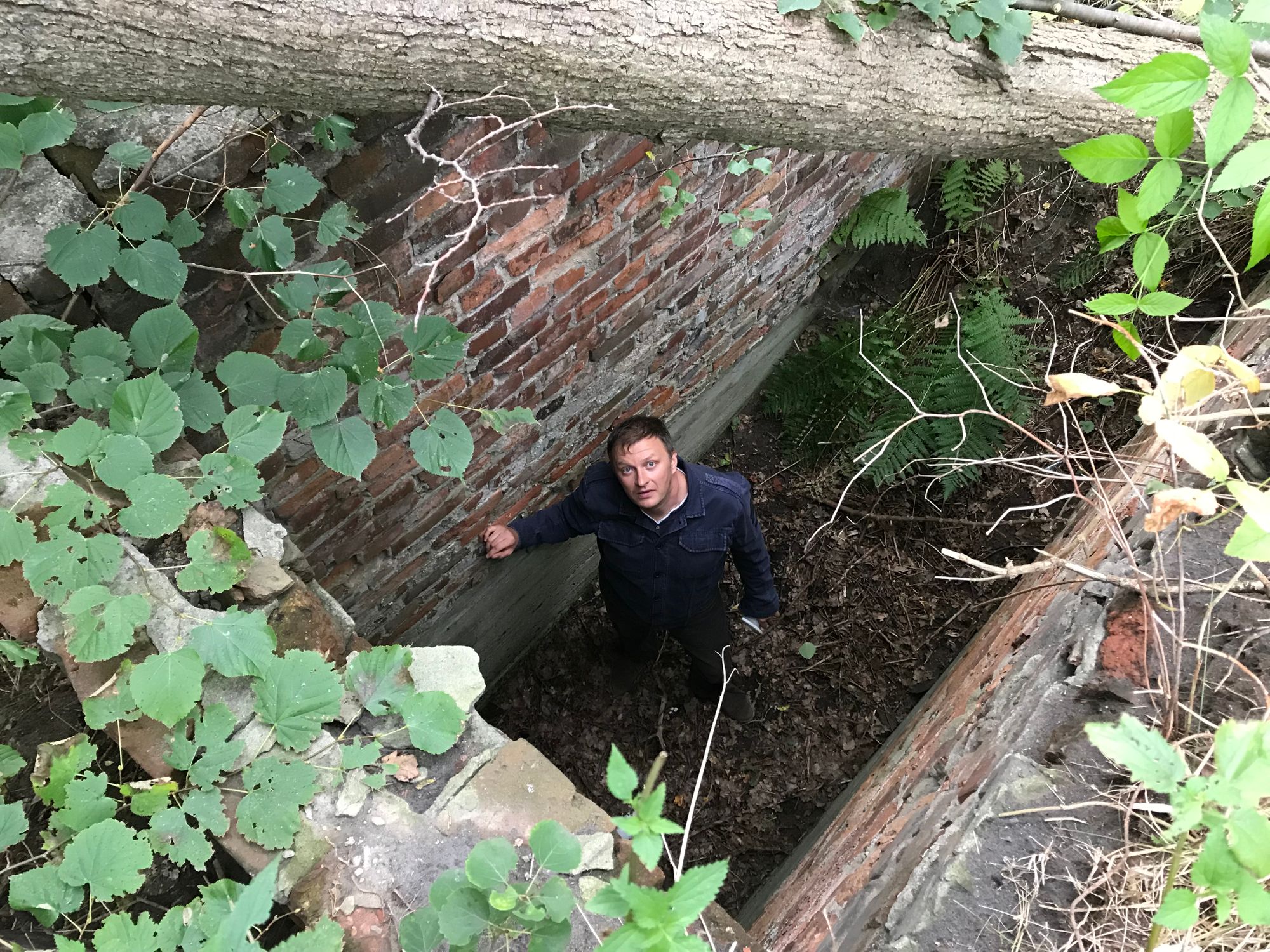
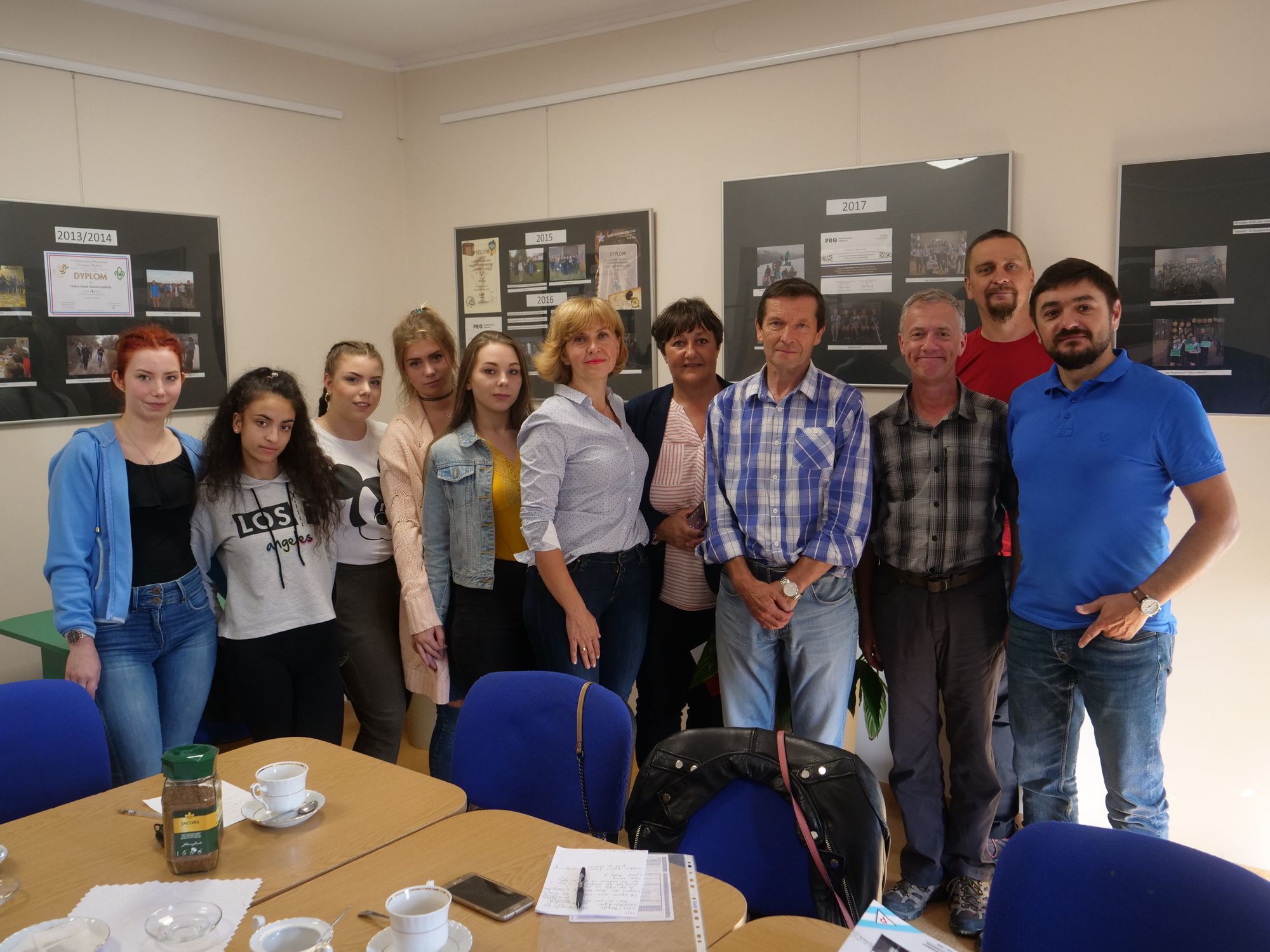
His mother was killed on arrival at Auschwitz. For the next two years, Eddie Willner and his father were slave laborers in a number of forced labor and concentration camps in Silesia, Germany. In May 1944, they were placed in the Auschwitz system, and interned in the Blechhammer sub camp where he received his tattooed number of A-5662. In the various camps, they worked they were put to work building and repairing train lines from fighting in 1941 and 1942. In Blechhammer, they worked in constructing buildings, and when the US Army 15th Air Force started bombing raids from Italy on the Blechhammer synthetic fuel complex, were put to work building bunkers and digging out unexploded bombs.
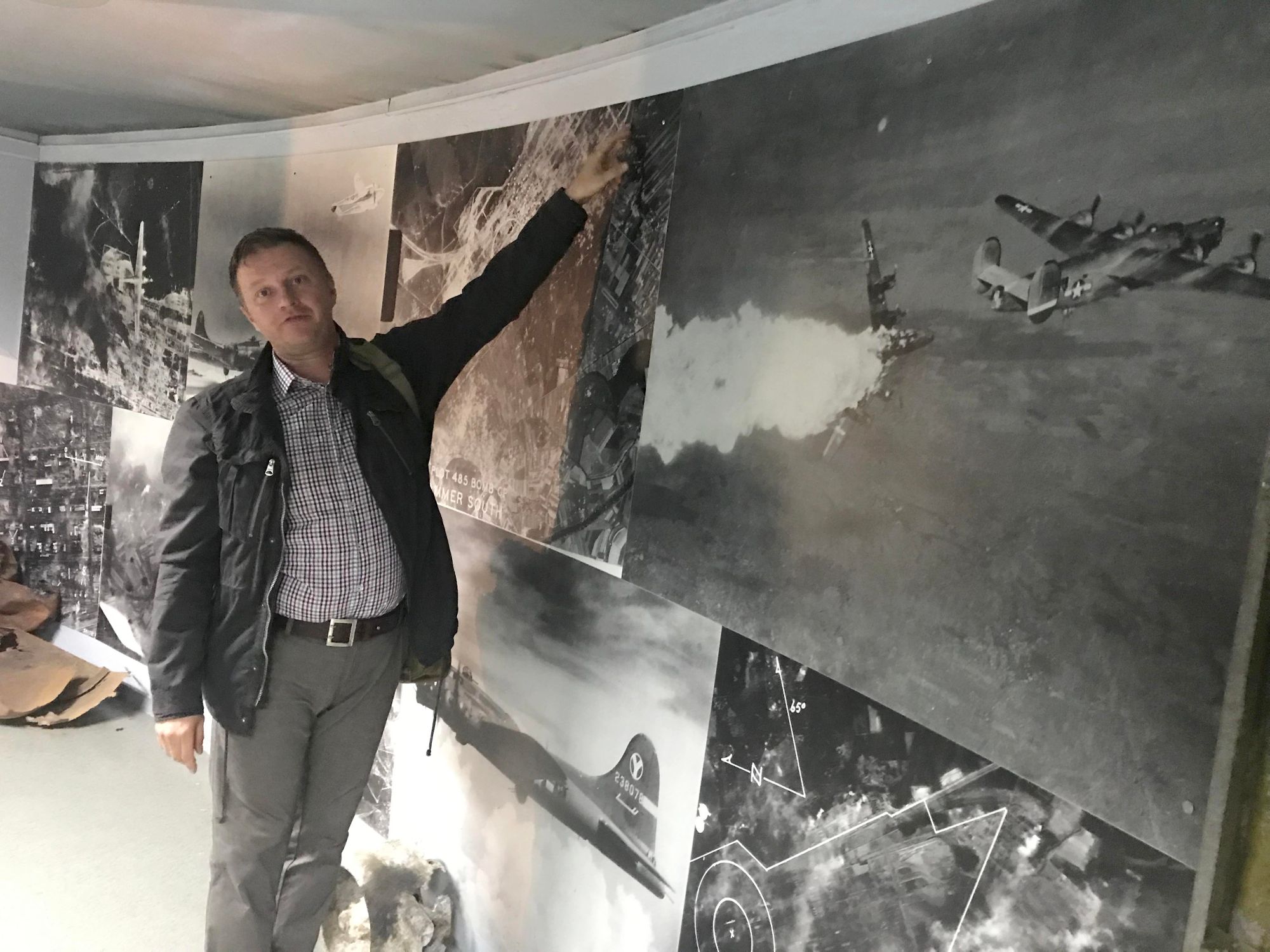
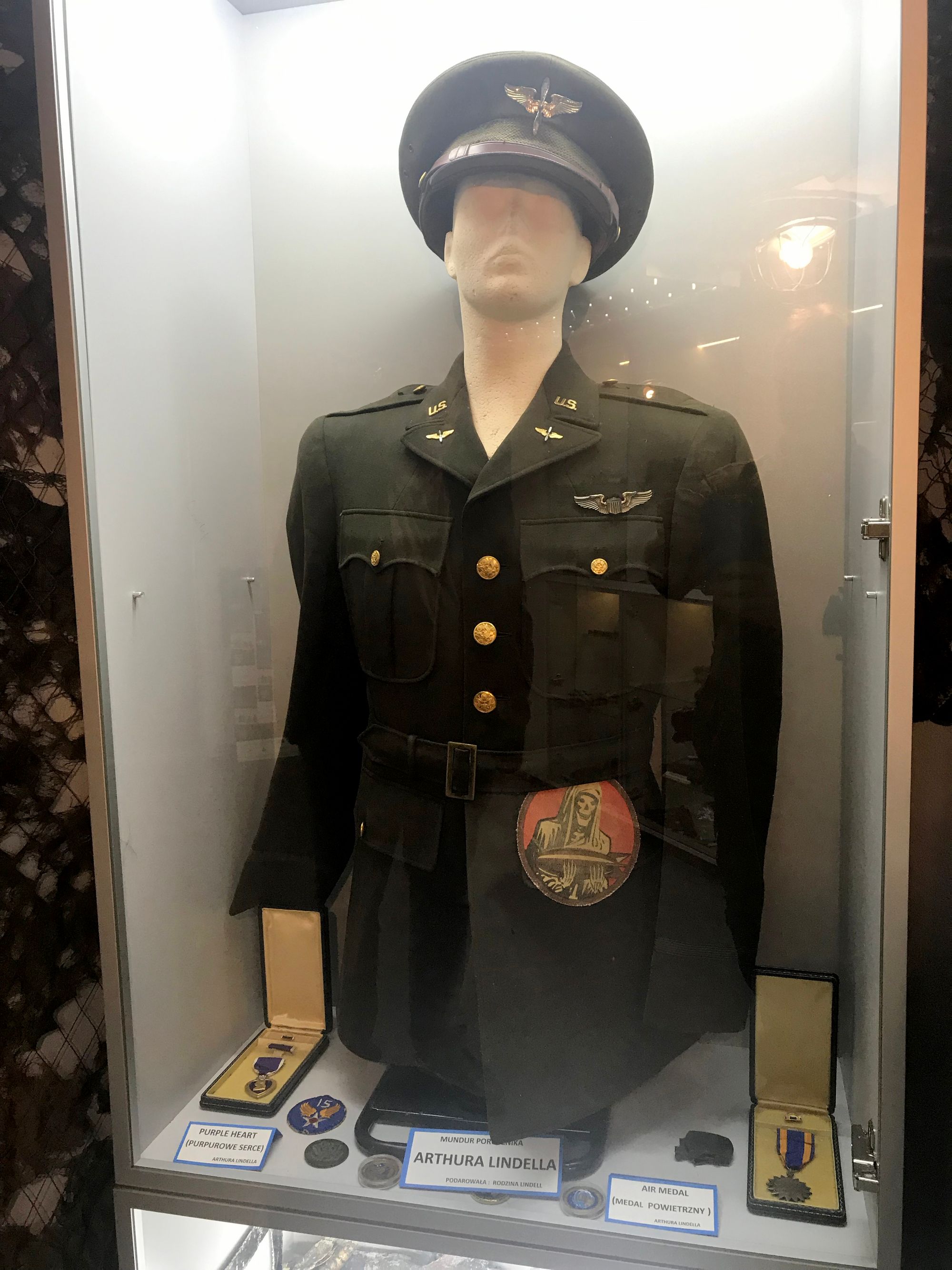
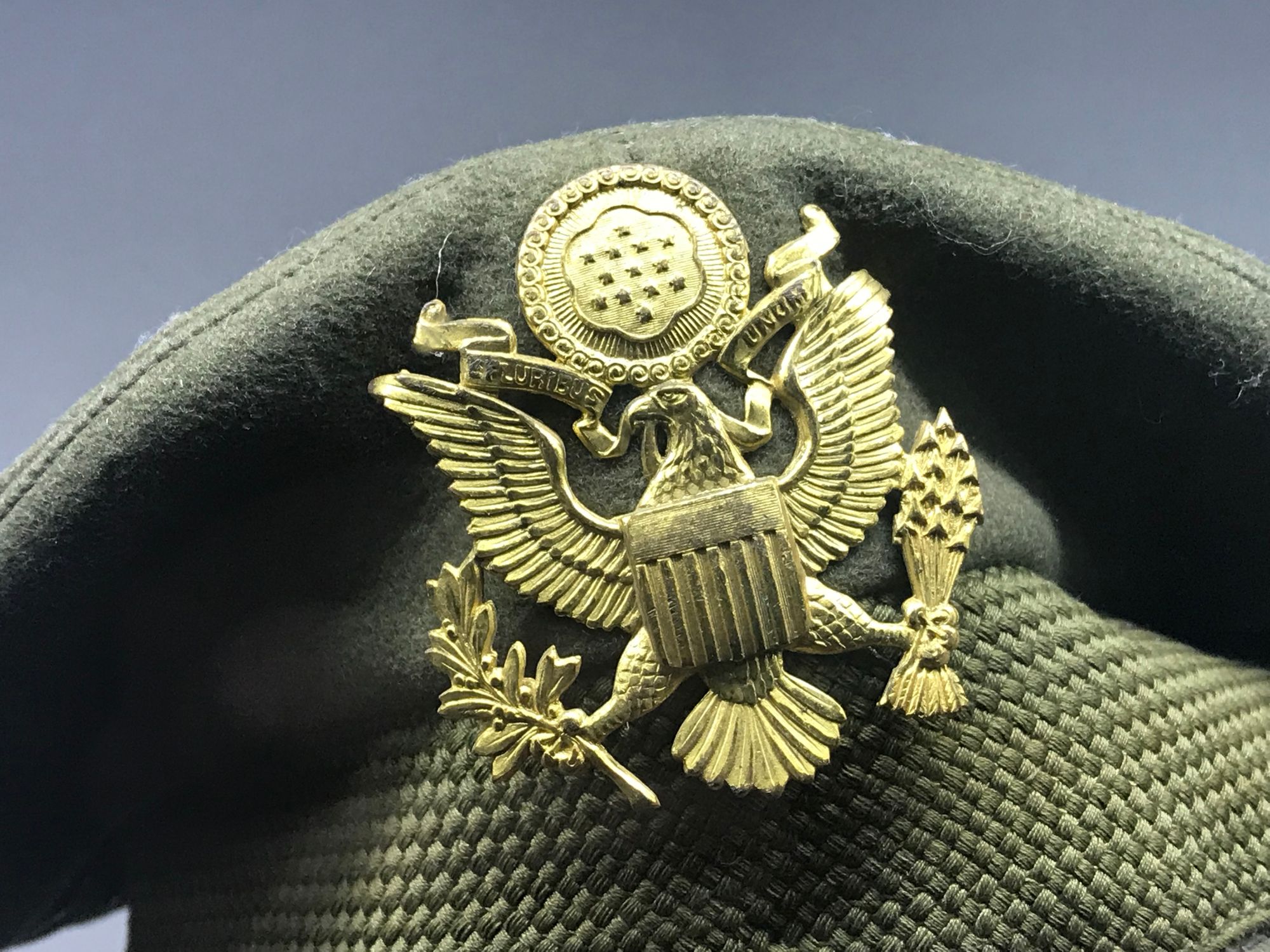
During this time and until Eddie's escape in 1945, he witnessed horrible atrocities, executions, and suicides. He was wounded when an SS guard opened fire on a work detail, but survived when prisoner doctors in the barracks sewed up the wound in his head using clothing thread . When his father, Siegfried turned 50 and was deemed too weak to work he was murdered. During this time, Eddie befriended a Dutch teenager, Mike Swabb, and together they looked out after each other. This friendship, along with being able to speak German, having gained strength working the fields of France, living on meager rations the last two years and what he attributes to just plain luck were what helped contributed to their survival according to Eddie Willner.
While in Poland, we visited the sites of Eddie's internment. Al spoke to a class of teenagers at a local elementary school and we met with local historians and planned the January 2020 Walk in Remembrance.
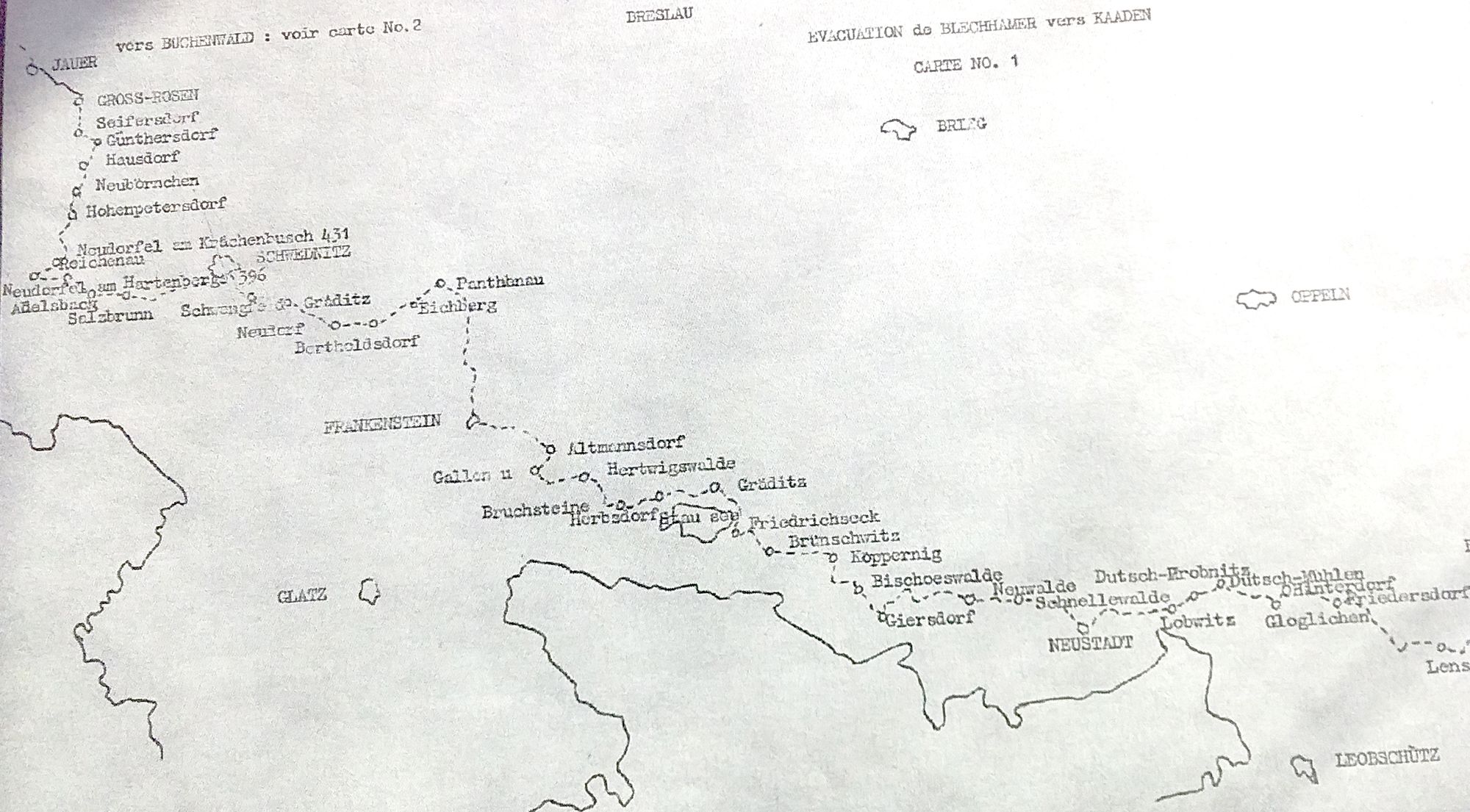
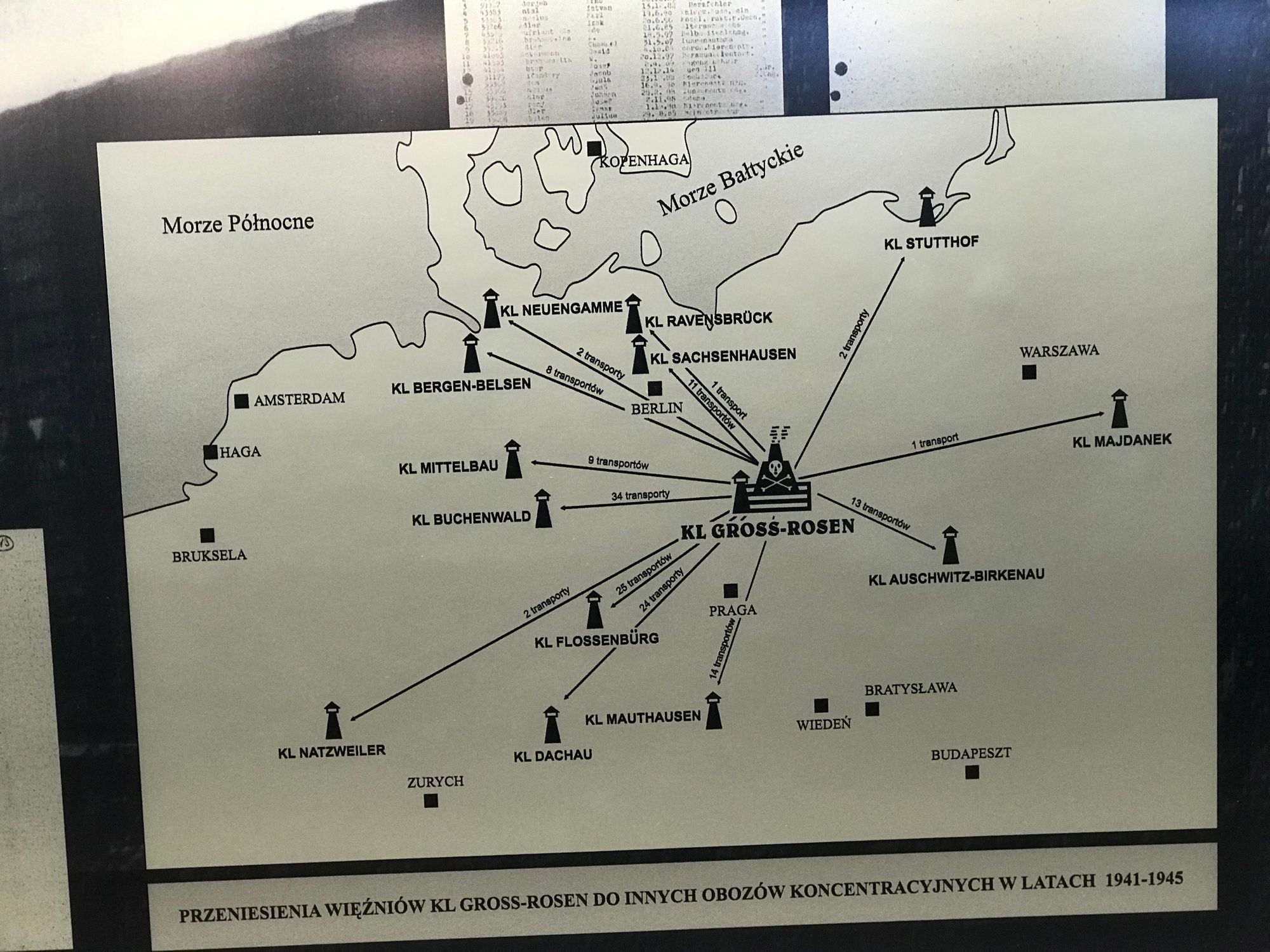
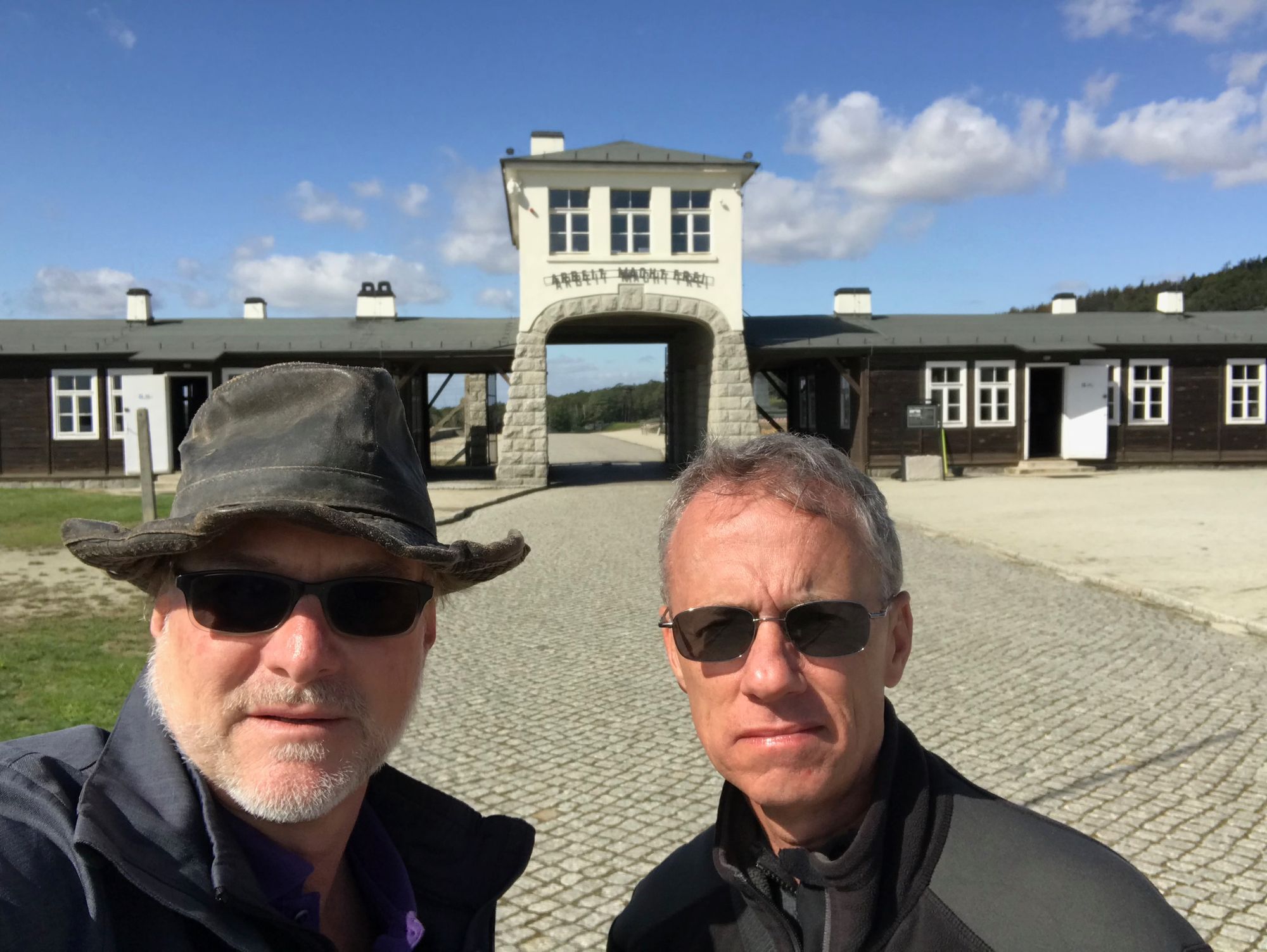
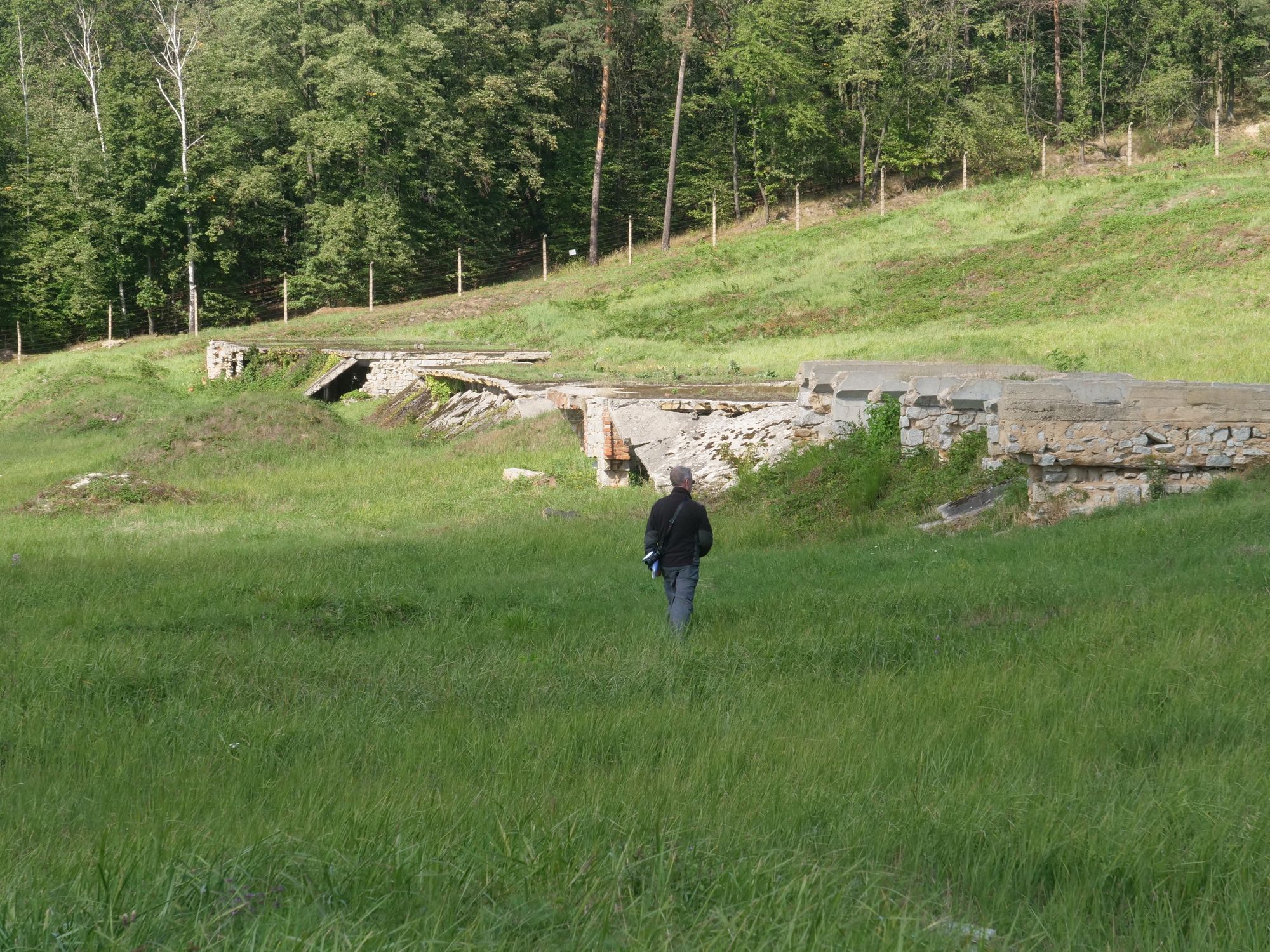
In January 1945 as the Soviets closed in, Eddie and his Dutch friend were put on one of the many death marches as up to 250,000 concentration camp inmates where marched from Poland to Germany. Most historical records from this period were taken by the Soviets and are difficult to access, and so we relied on local historians and the Blechhammer 1944 Museum and historical society for information to try and figure out the death march route his father took in January 1945.
As part of his quest to learn about his father's survival as well as honor those that perished during the death marches, Al planned to walk the route his father took on the 75th anniversary of the evacuation of Auschwitz and the Blechhammer subcamp. We drove the route from the sketchy information that had been compiled, scoping out possible camping sites (or barns where the inmates had been housed on the 12-day march). There were massacre sites midway through the march which was an indication that his father's death march may have passed through those places. Al, also used his father's recollections (interviews housed in Washington DC and Los Angeles) and depictions of roadside execution, sometimes near churches or established graveyards, to try and piece together the most probable route.
It wasn't until Al met with historians from the Gross Rosen Concentration Camp - the terminus of the death march - that a document surfaced (originally from the French National Archives which we had visited two weeks earlier but had not thought to ask about documentation on the Polish/Silesia death marches). In this post-war document the location of the German towns and villages of the infamous Auschwitz Death March of 4,000 inmates were listed. This known route matched up closely with what we had discovered, so it would be used as a basis for Al's 75h anniversary Walk in Remembrance that he was going to do in January 2020. We struggled a bit, particularly with the German named villages, to locate their renamed Polish designations.
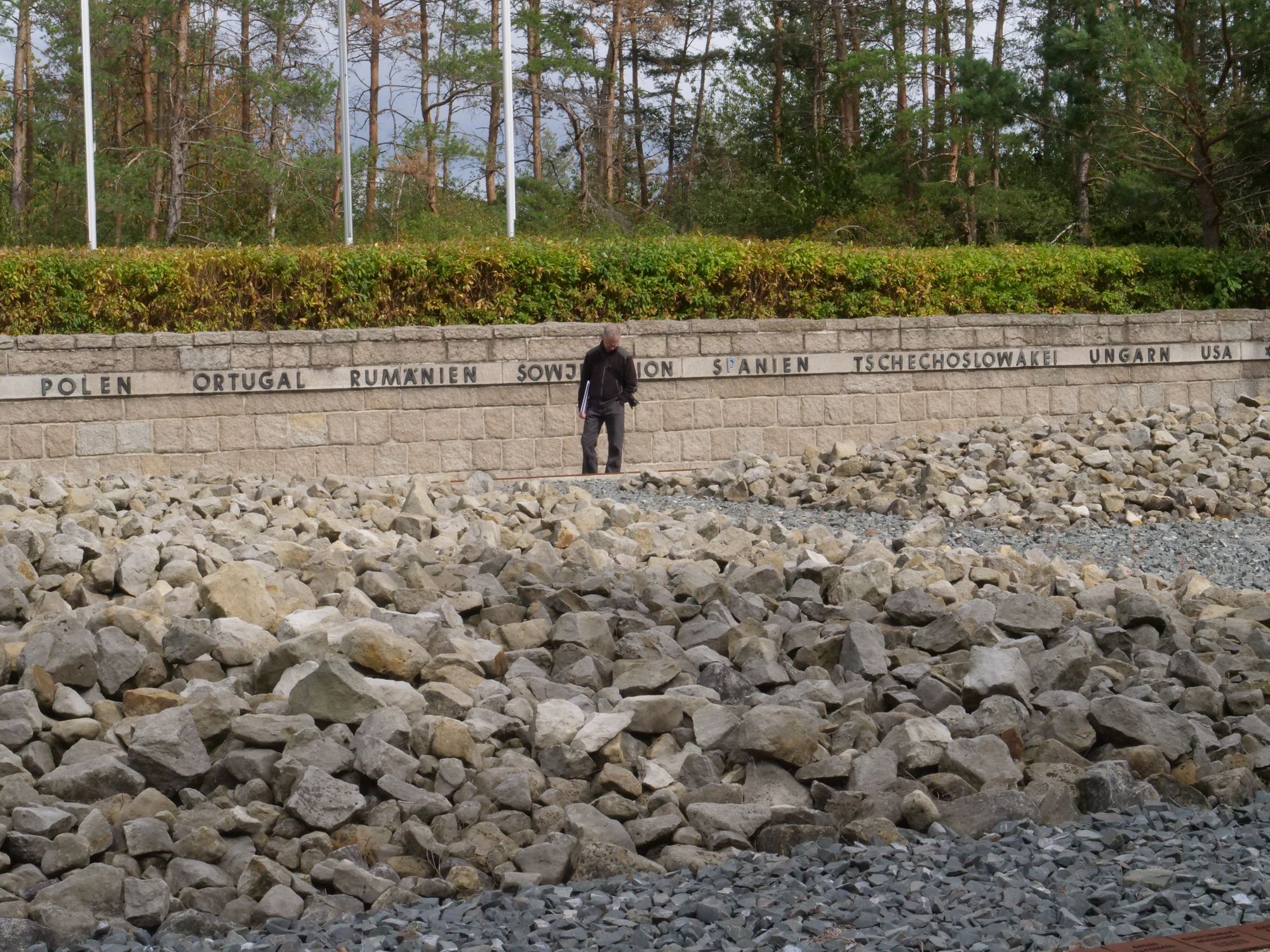
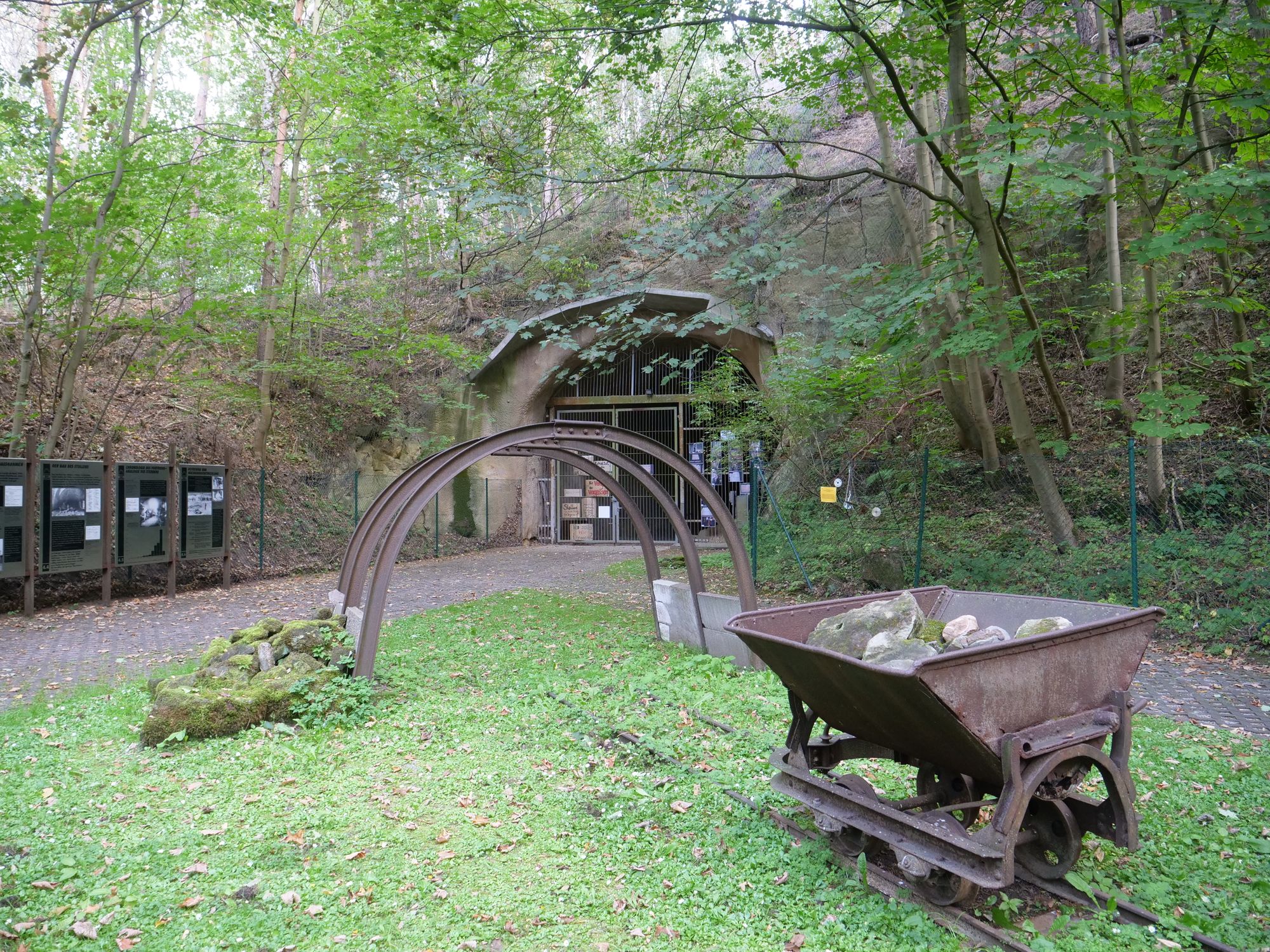
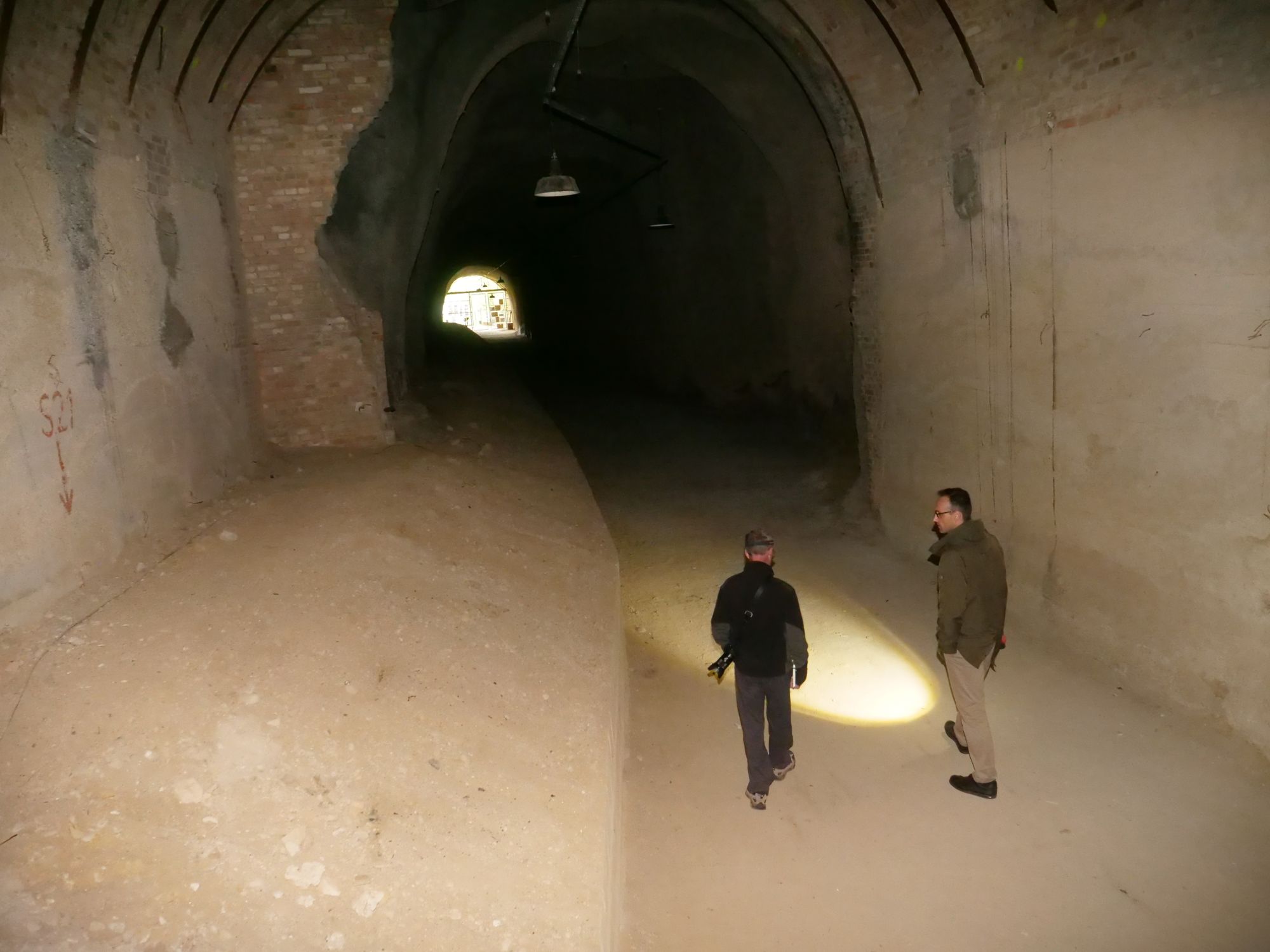
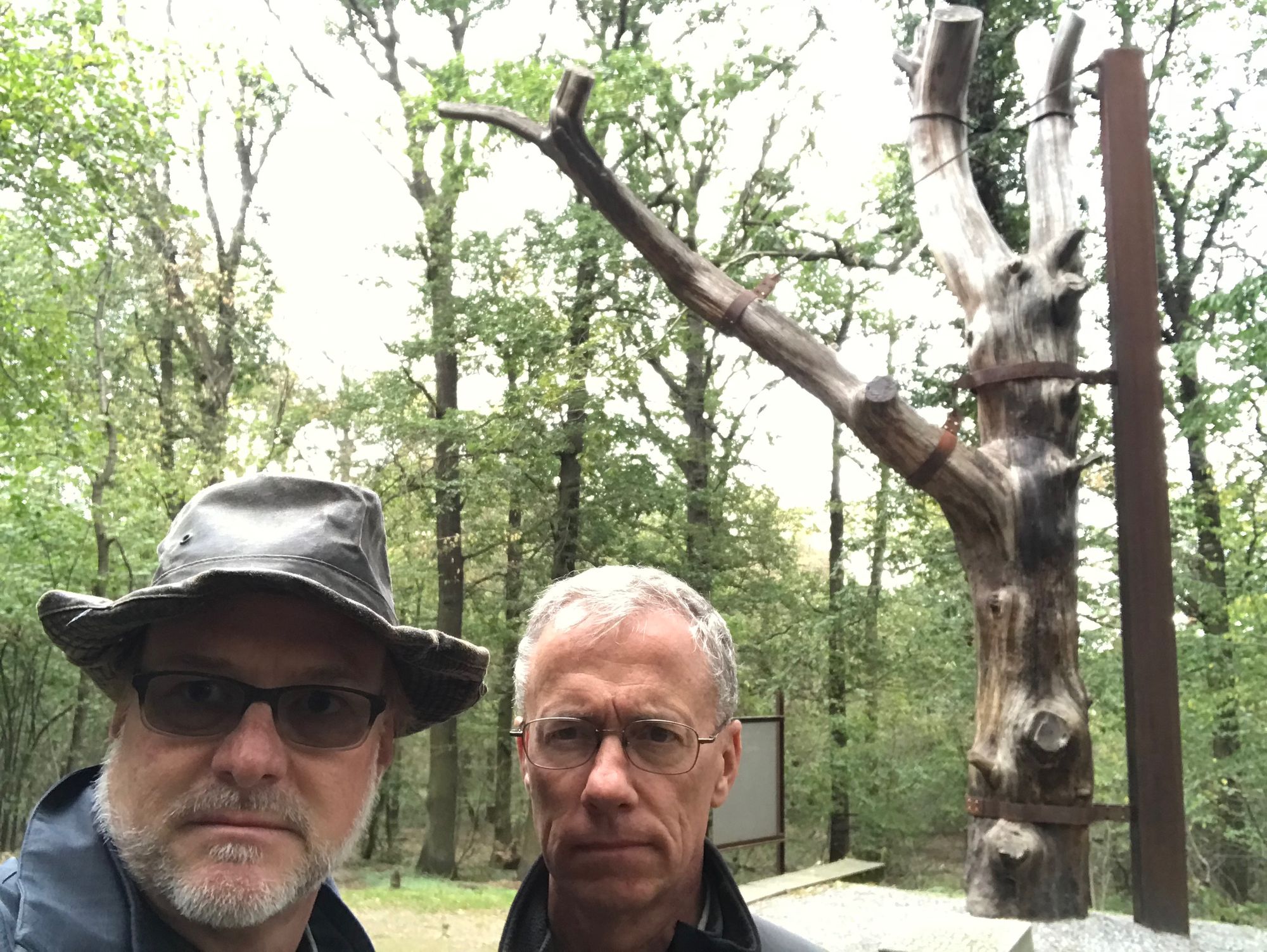
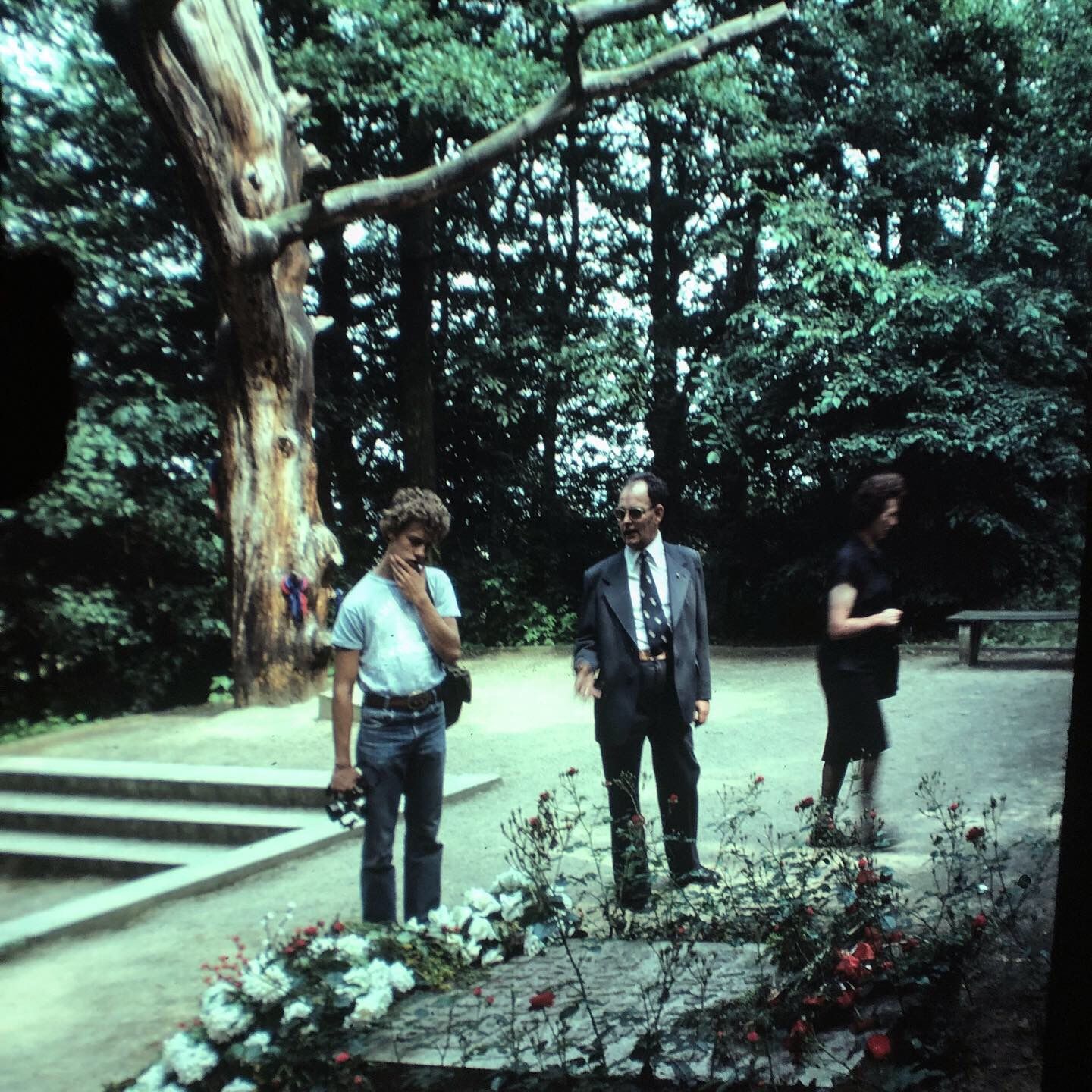
From Gross Rosen Concentration Camp, Eddie Willner was transported by train to Buchenwald Concentration Camp and eventually ended up at the Langenstein-Zwieberge Concentration Camp where he labored digging tunnels in the secret Harz Mountain turbo jet assembly complex (never completed) as well as burying the dead after fuel for the crematorium was unavailable. At the Langenstein camp conditions were abominable. The war was coming to an end and inmates were fed very little and were dying of starvation, disease, exposure and horrible cruelty. Those that didn't succumb to abuse and disease, often died as they labored. Eddie was tasked digging out the tunnels and with digging a mass grave, one of six dug to bury 500 or more prisoner corpses. A mass grave memorial (one of the few at a concentration camp) was dedicated by the East Germans and is a sobering reminder of the horrible evil and toll of the Holocaust.
We consulted with Dr. Nicolas Bertrand from the Langenstein-Zwieberge Museum who had written a book about one of the last death marches of the crumbling Third Reich - the march from this camp. He, not only provided detailed information about the route of the march and the US Armies pincer movements into the Harz Mountains but also took us to the closed off tunnel complex Eddie Willner had labored in.
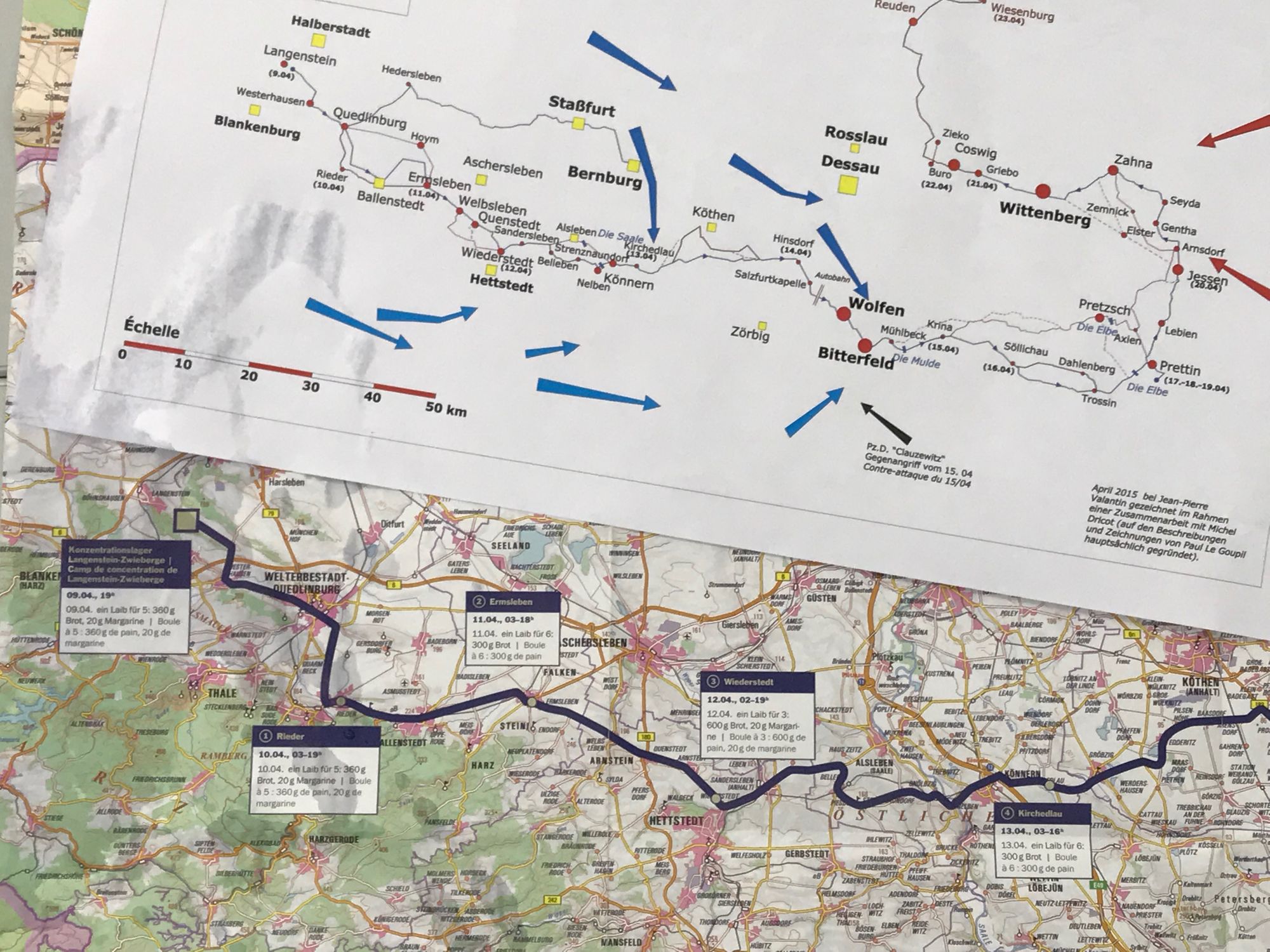
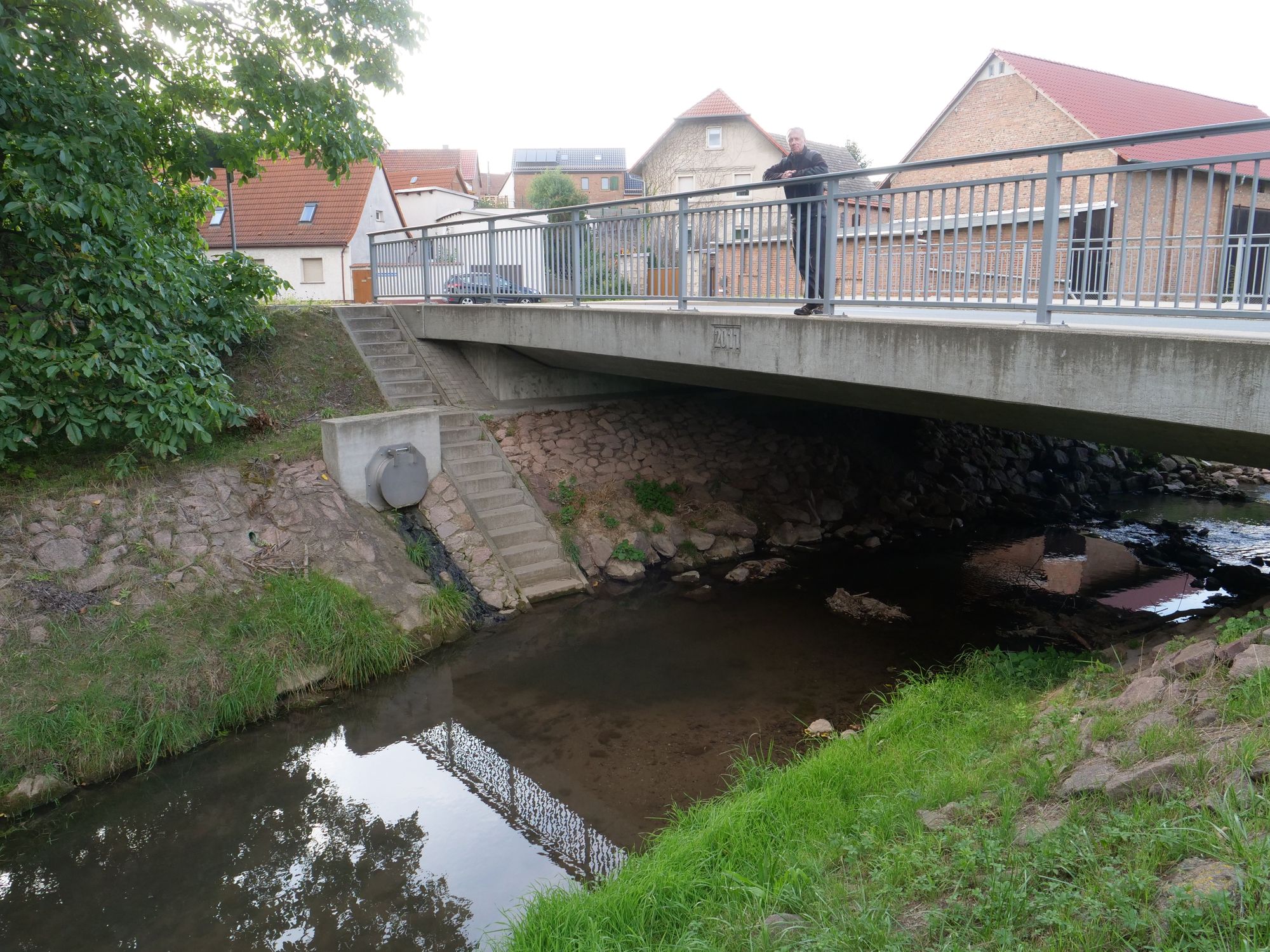
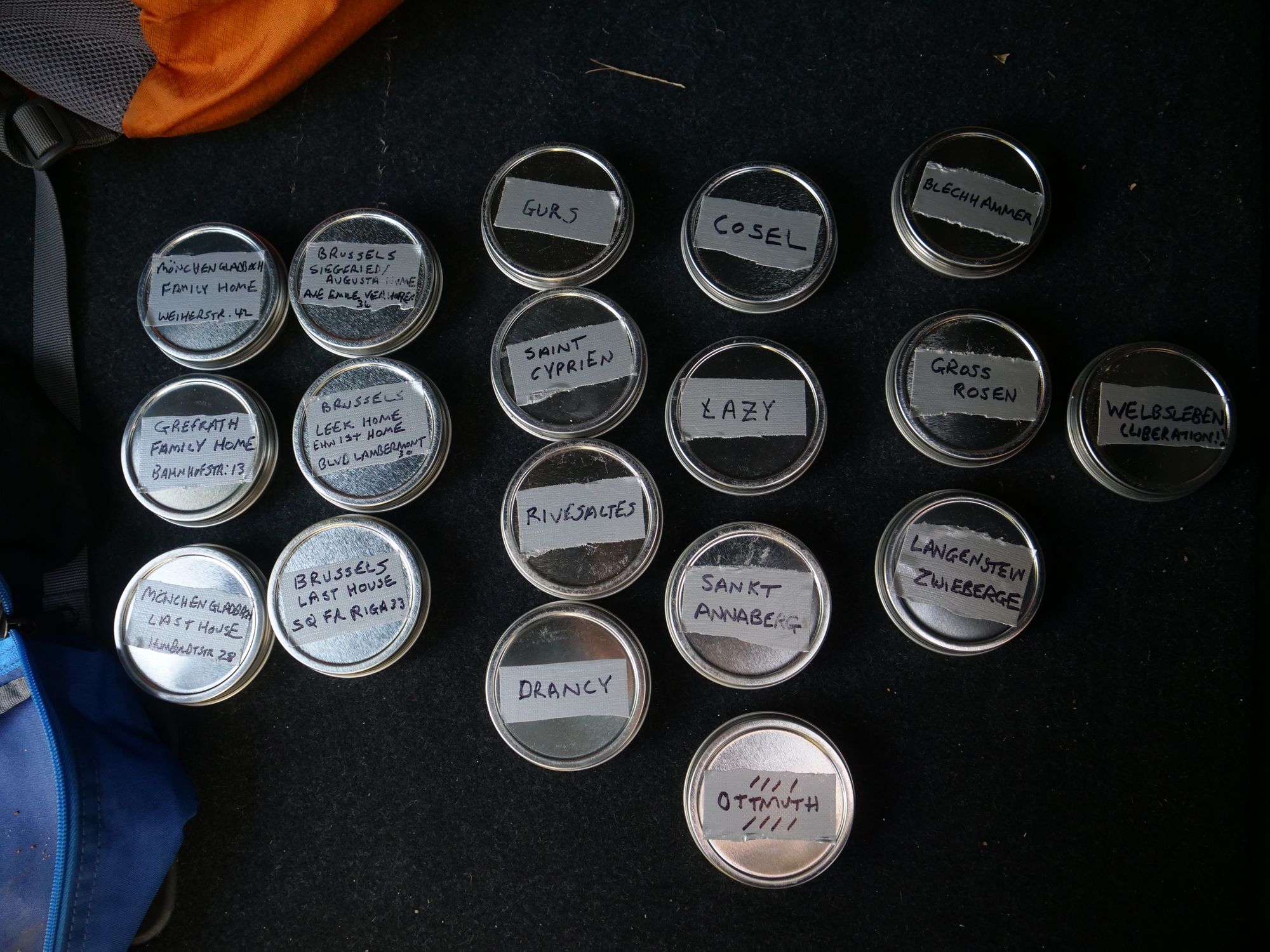
In April 1945 as the approaching US Army offensive into Germany neared Langenstein-Zwieberge, the SS took all the able bodied workers and marched them towards the tunnel complex. Rumors were that they were going to be put in the tunnels and dynamited. However, as they neared the Harz Mountain complex, US armored vehicles could be heard approaching and the column of prisoners was turned around and marched eastward away from the allied armies.
Eddie Willner and his friend, weak from malnutrition, disease and exhaustion, felt that unless they escaped this death march they would die. They secretly planned with other inmates to make an attempt when an opportunity arose. Though they were being marched during the night to avoid allied strafing of military columns, lone plane attacks still took place and, when these happened, the SS guards would extinguish their lights and seek cover leaving the column temporarily unguarded. The escape plan that the six prisoners discussed would be as follows: if the prisoners on their march had passed over a river and an Allied aerial patrol came over, they would make their escape in twos by running back to the river and through it to throw the guard dogs off (which they had seen had been released after escaping prisoners in the past). Each of the three pair of escape teams would head in different directions. On the third night of the march, the opportunity presented itself near the town of Welbsleben.
Just after crossing the Eine River, a plane started to strafe the column of prisoners and the escape was on. Each team took off in different directions. Once the guards realized an escape was underway they fired their weapons and Eddie tripped over one guy who was killed. The guards also released the dogs and one took off after Eddie and Mike. Just at the river, a dog caught and bit into Eddie's leg - both Eddie and Mike then fought the dog and managed to kill it and make good their escape.
For approximately the next six nights, they walked back roads at night following the sounds of battle - waiting out the day concealed in the woods. After being spotted and detained by local police and unconvinced they were foreign workers (from Belgium and Holland) that had lost their papers (they had secured civilian clothing so were not wearing the stripped prison outfits), the chief of police ordered an underling to take them to the next town. The constable mentioned that two prisoners had escaped, so they assume that they were the only two that made it.
On the outskirts of town they were let go and soon found themselves near the front line where American forces were approaching.
Crawling during the night through German lines where aged and teenage Volkstrum manned foxholes they gave themselves up to D Company, 32d Armored Regiment of the 3rd Army and informed them that German resistance was dug in at the treeline they had just crawled through in the dark. A German-speaking GI using a loud speaker called for their surrender or they would pay a hefty price and the local militia force defending the town surrendered en masse.
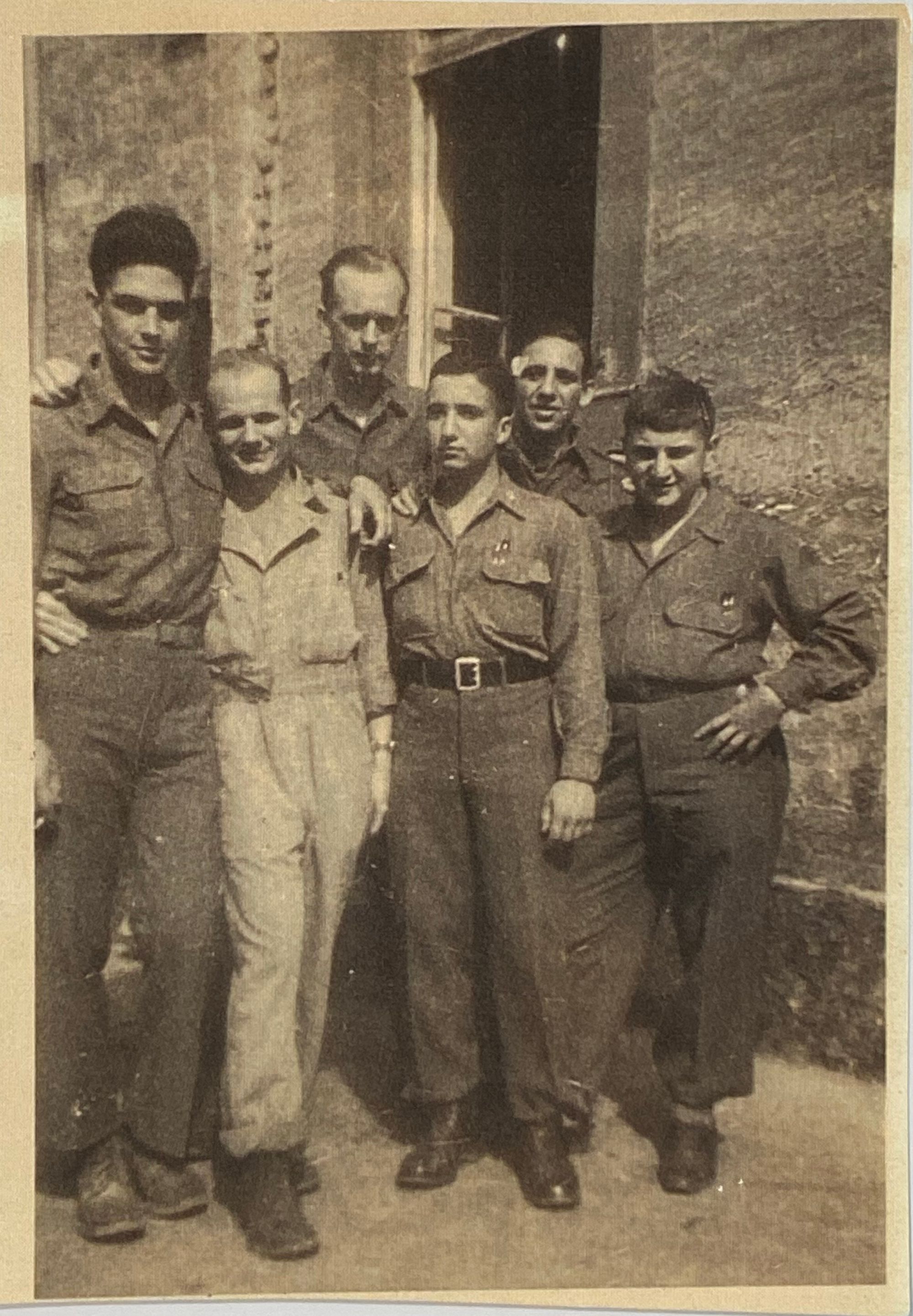
Eddie Willner and Mike, now 18 years old, had befriended the company and did not want to be handed over to a dislocated persons (DP) camp set up by the allies. They stayed with the company for about six months. During that time, they were nursed back to health, given U.S. army uniforms and helped the unit with daily chores especially helping the cook in the kitchen (which helped them build up their weight which had been measured at 75 pounds at liberation).
Eddie Willner eventually returned to Belgium where the family had been told to meet up after the war. No one returned and except for an uncle who made it to Bolivia, and another who had hidden in Belgium, all his immediate family perished in the Holocaust.
